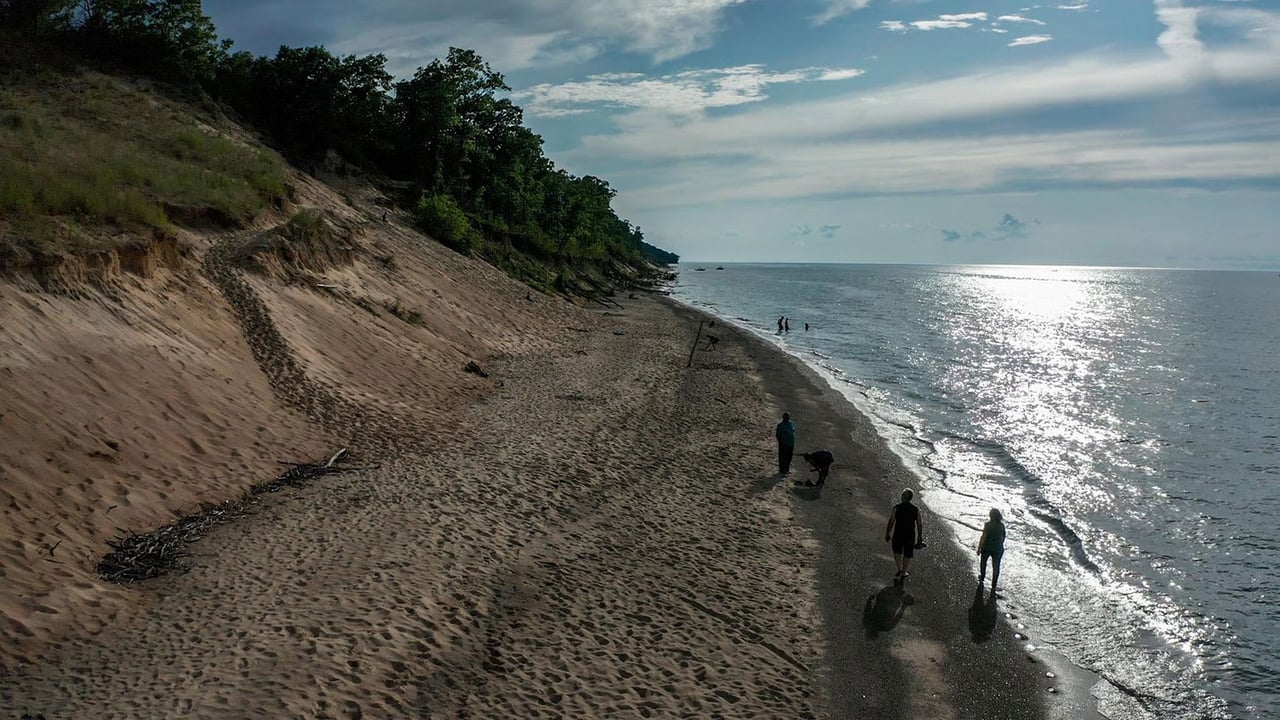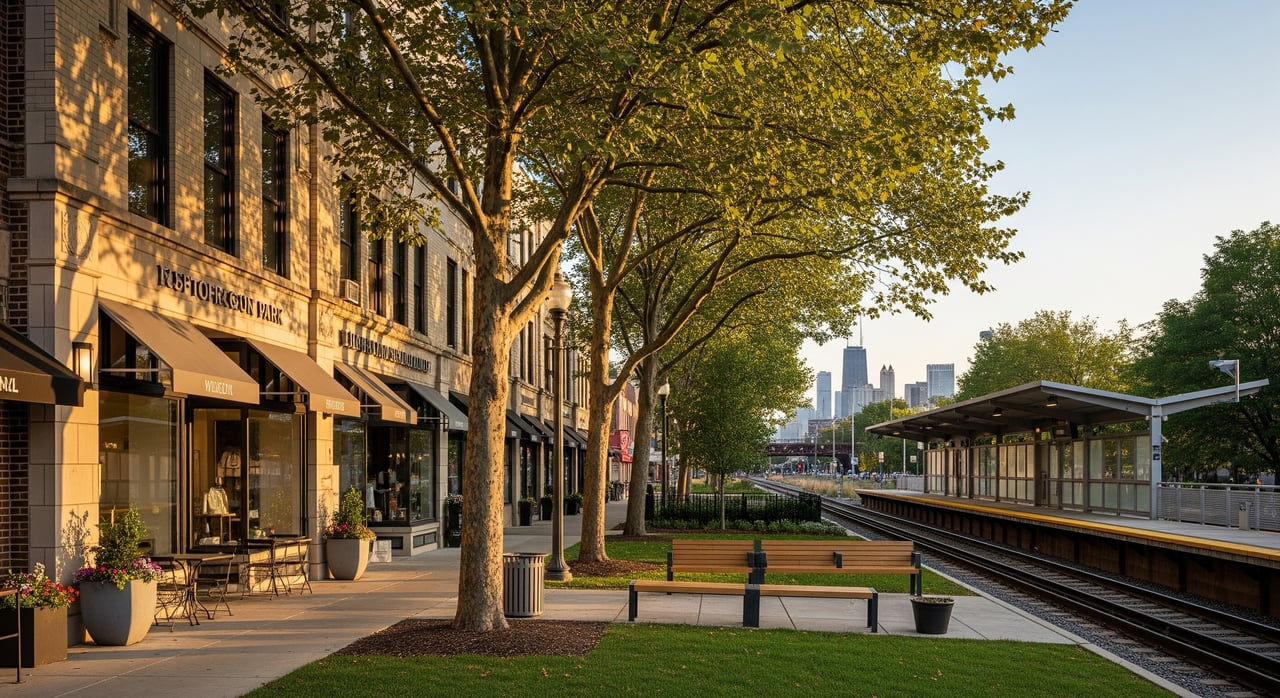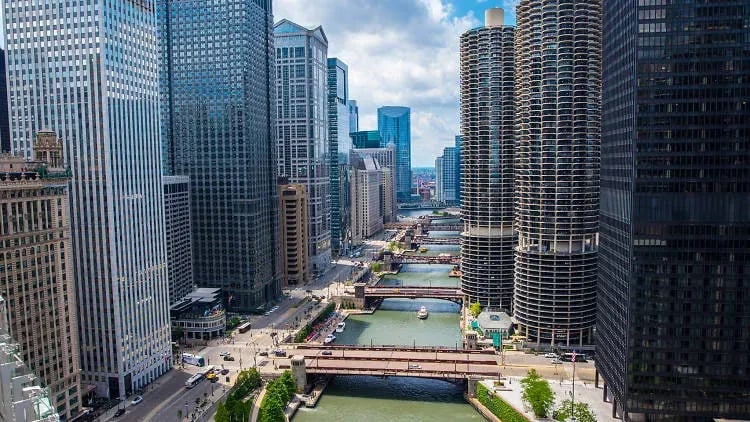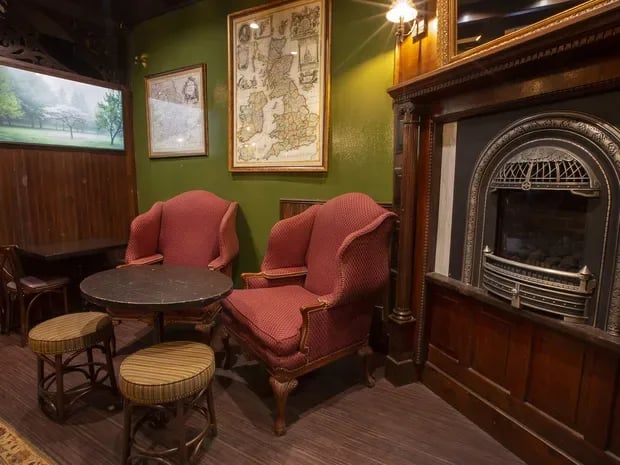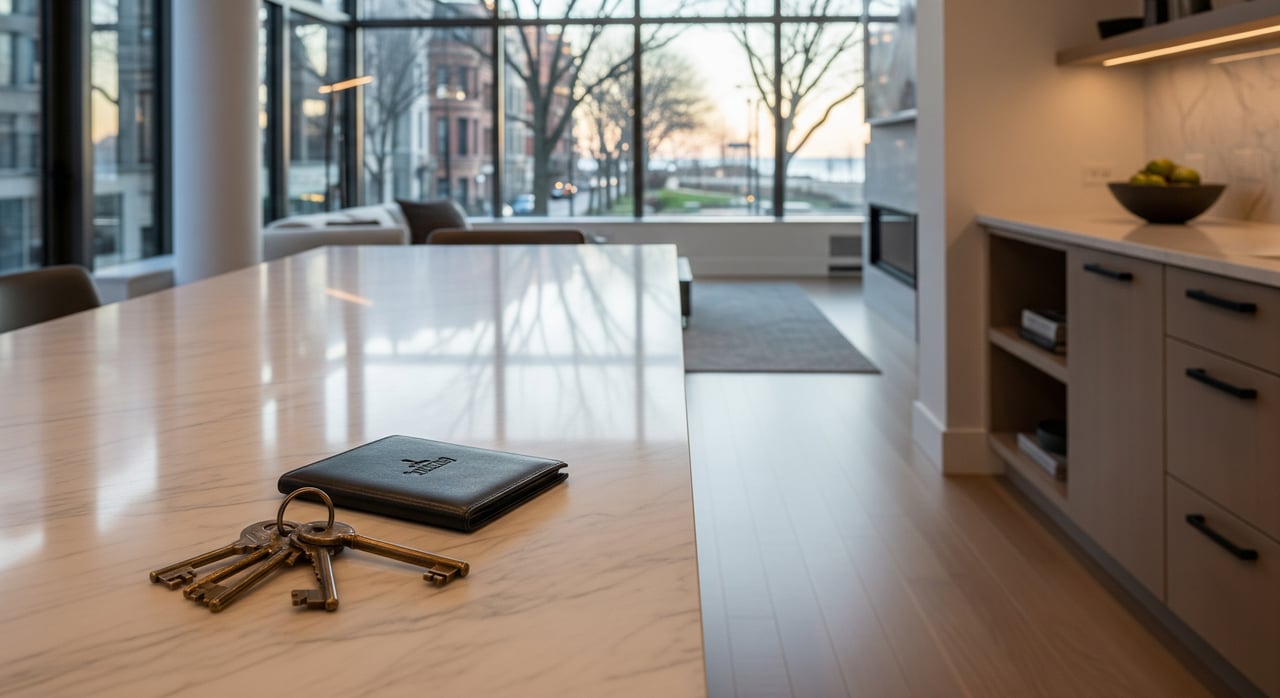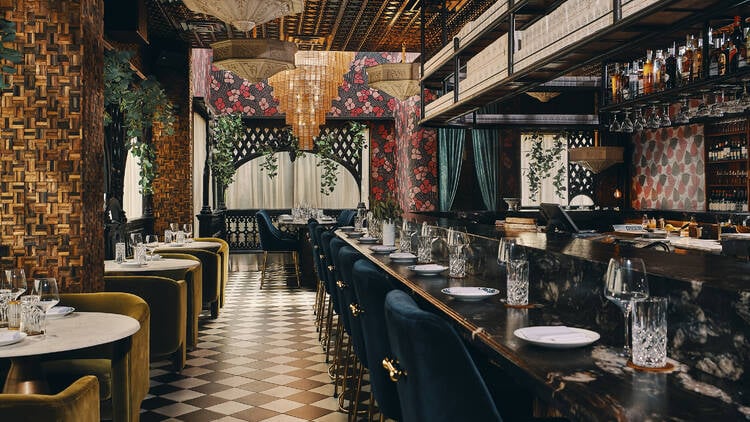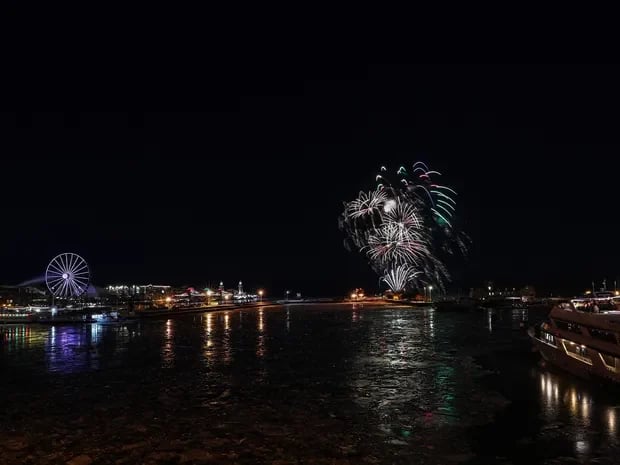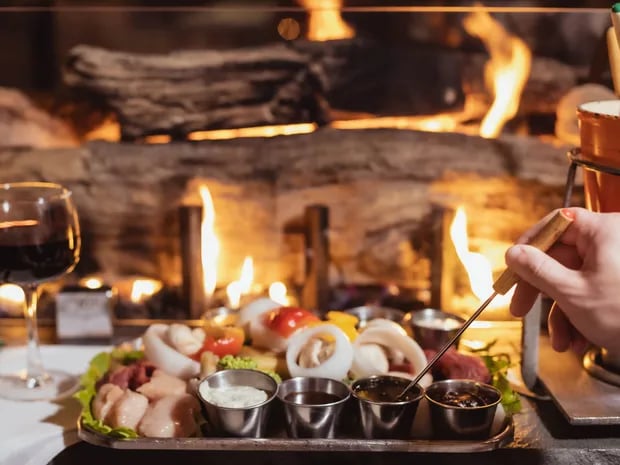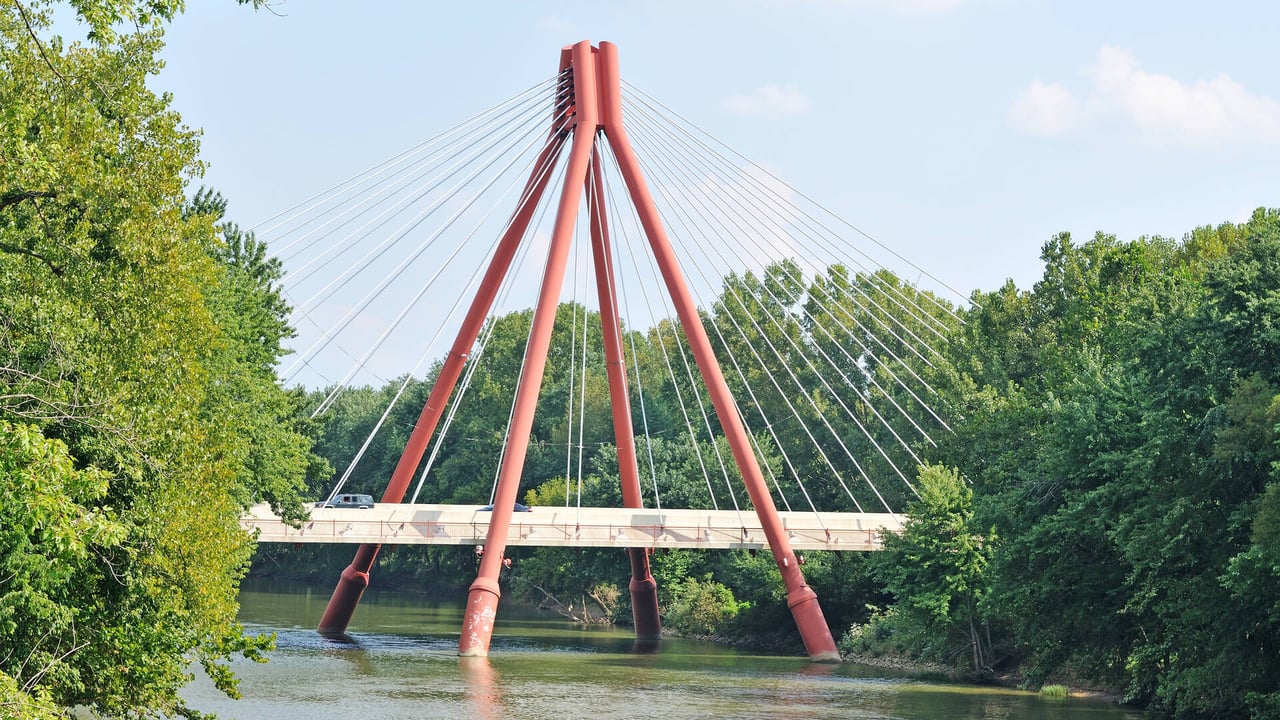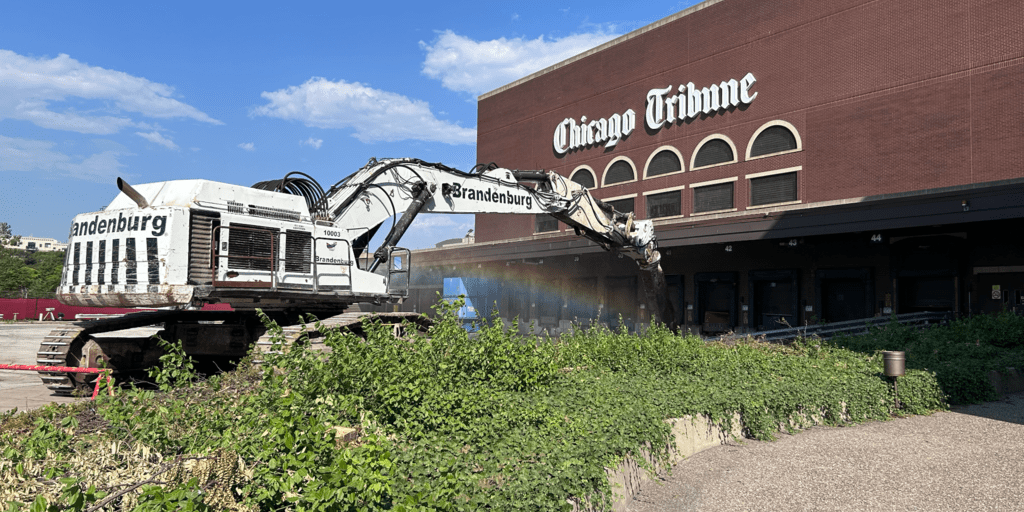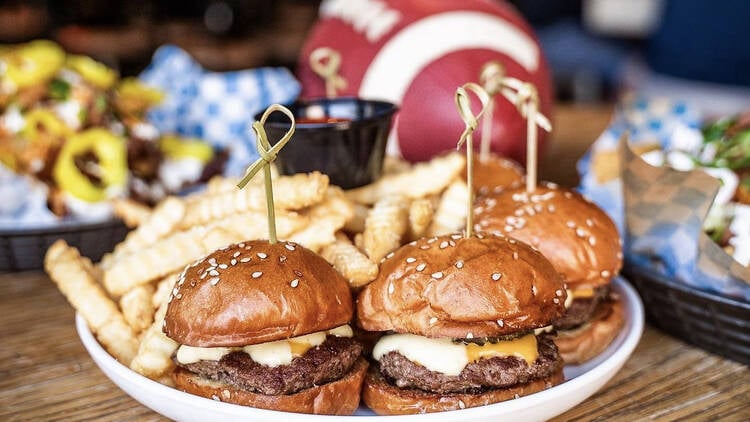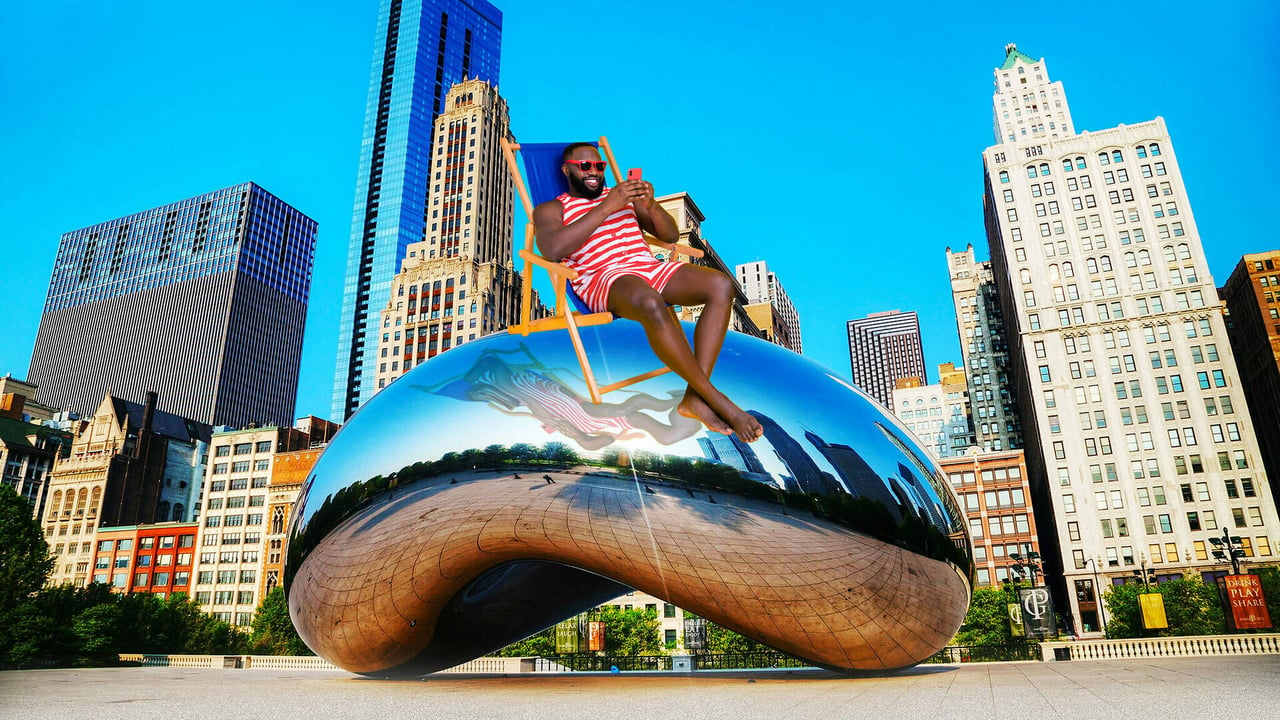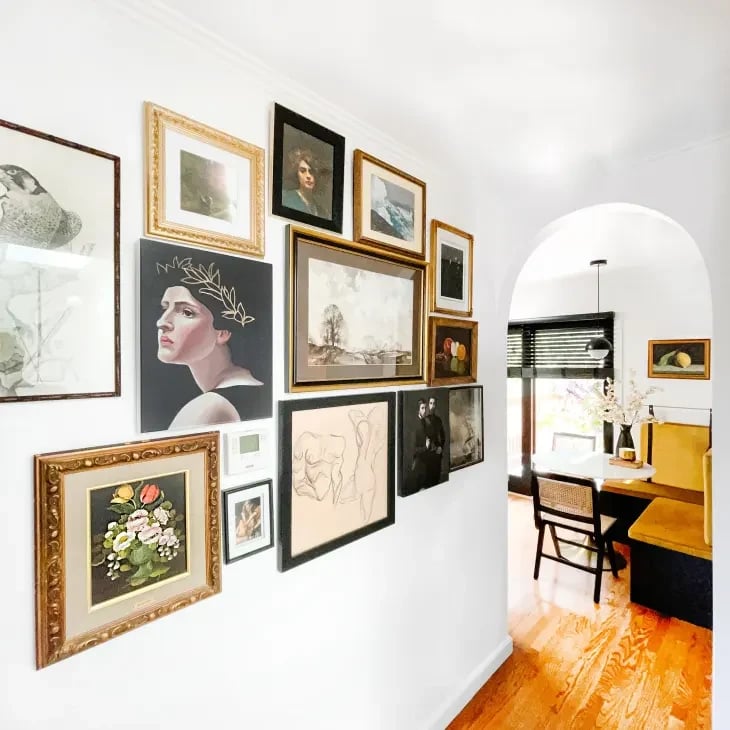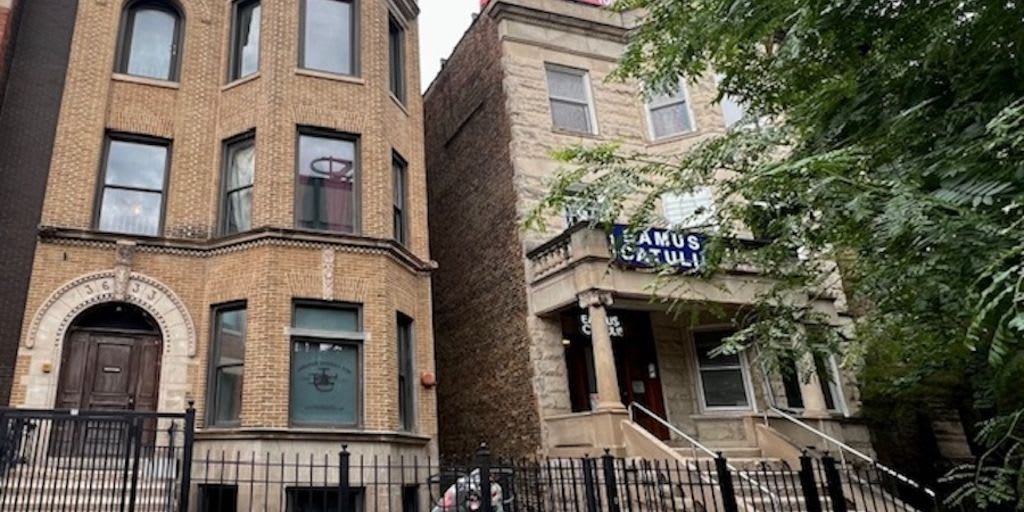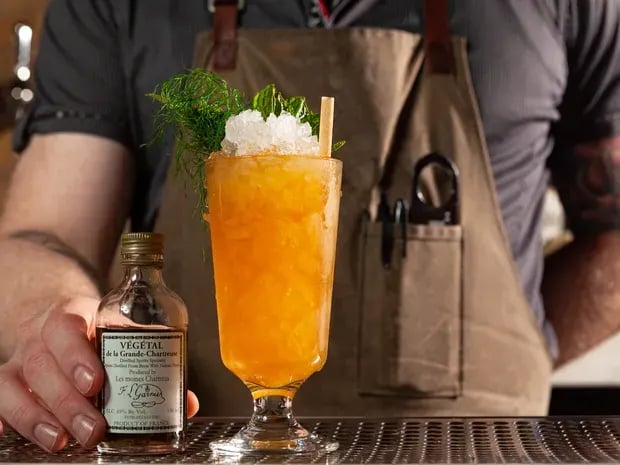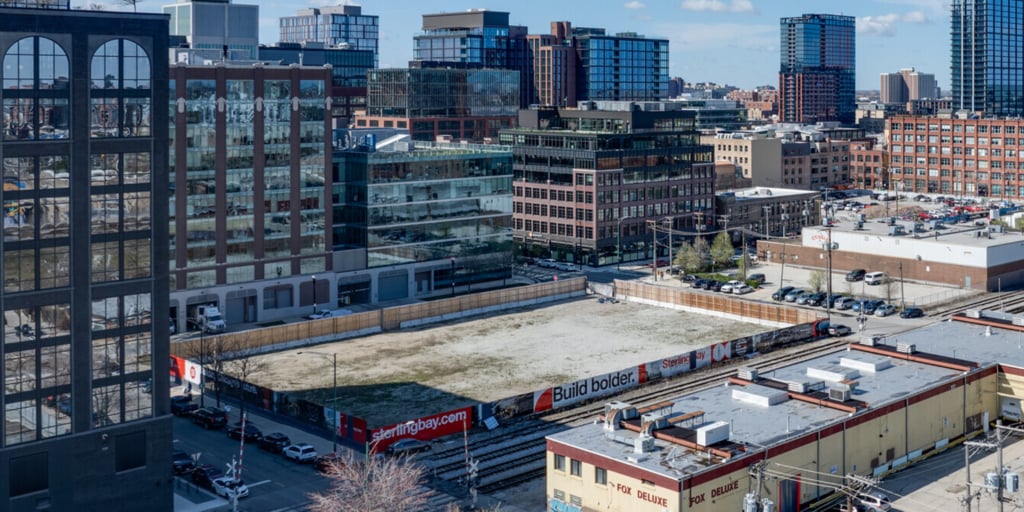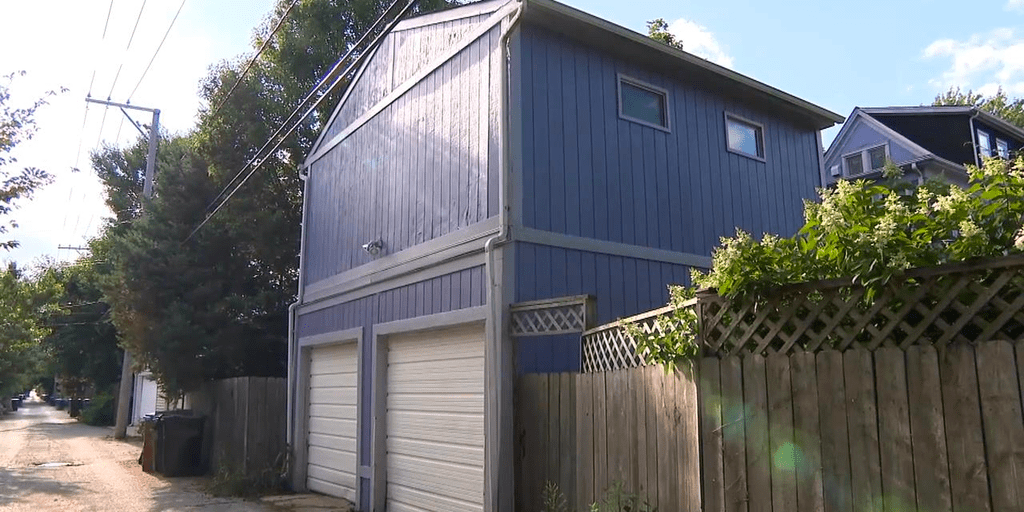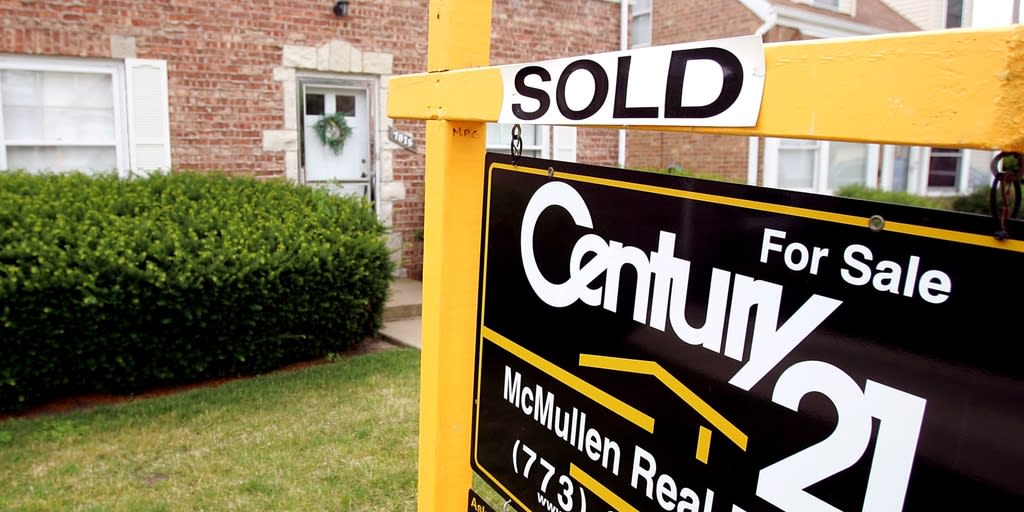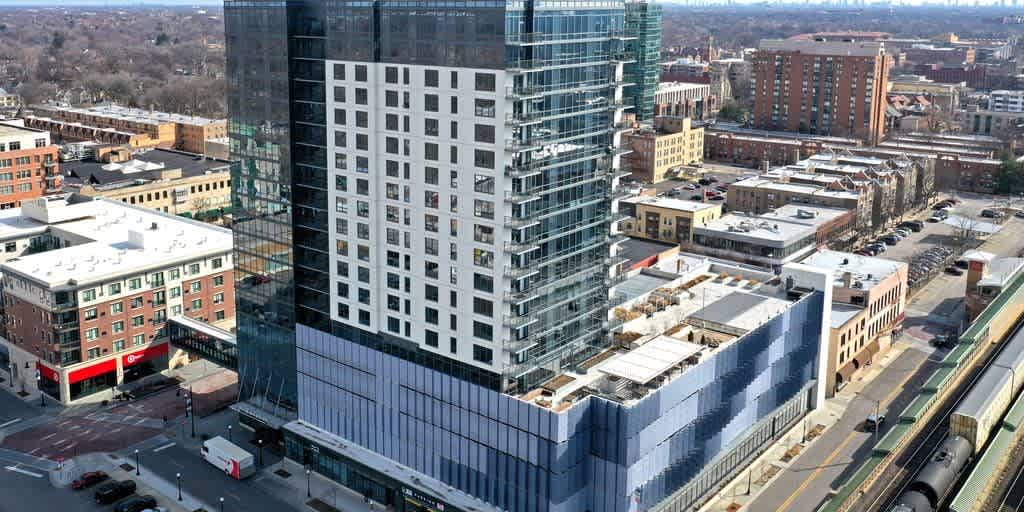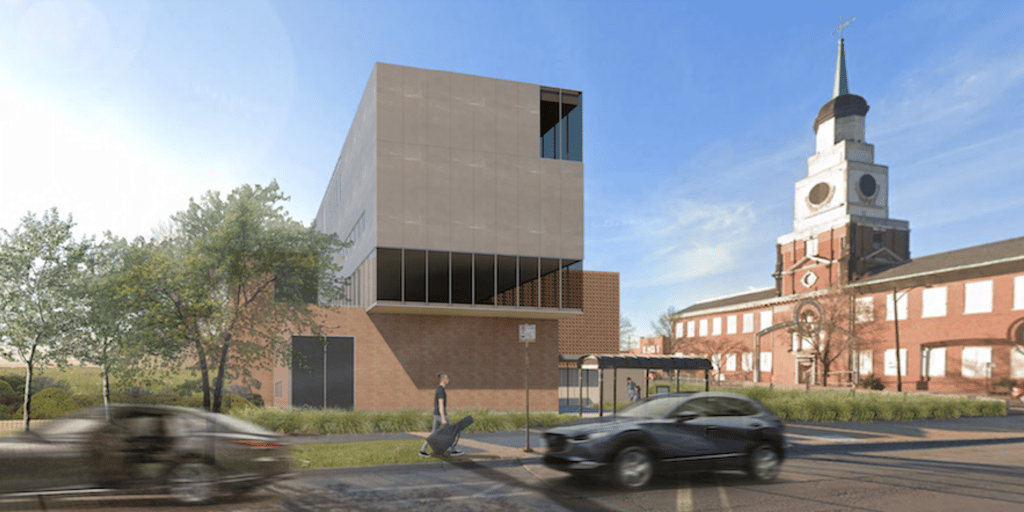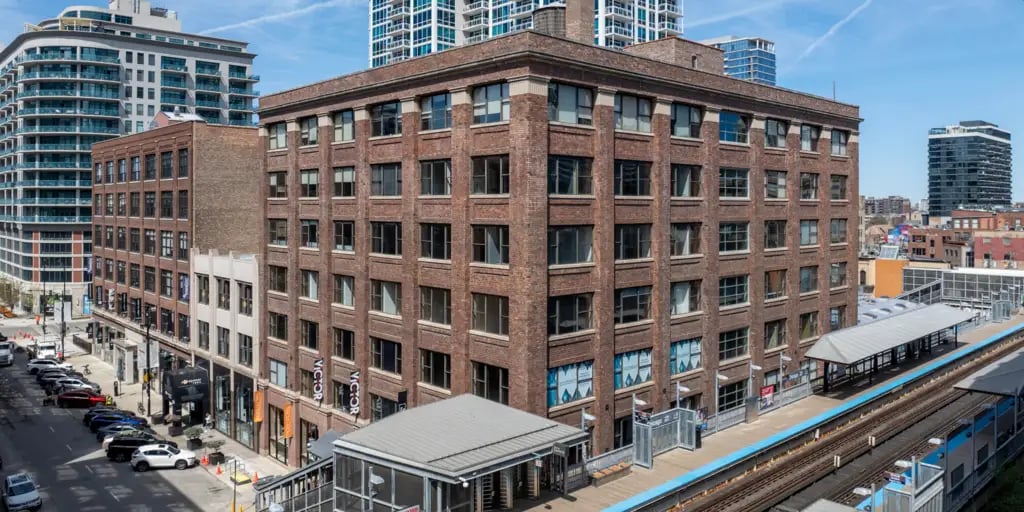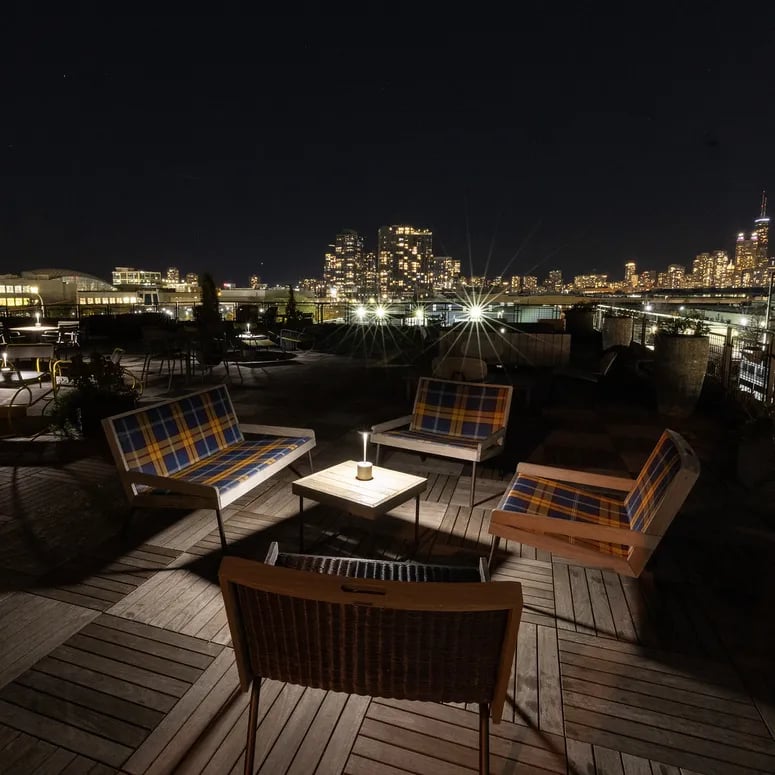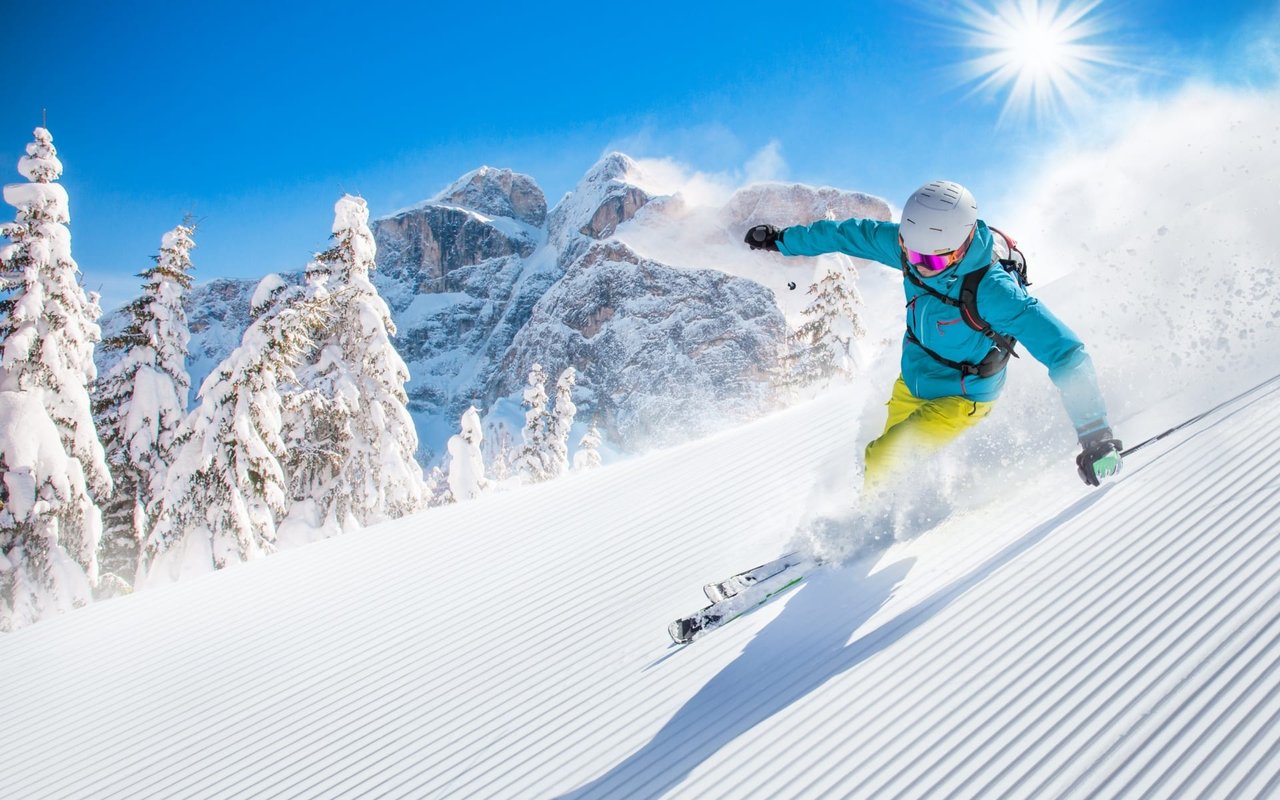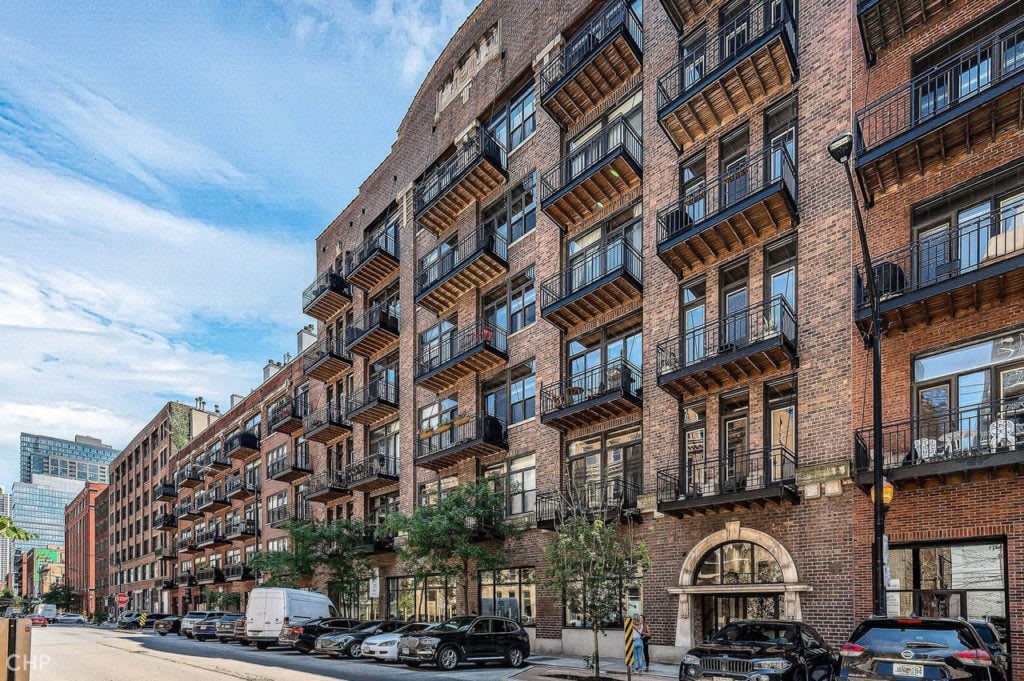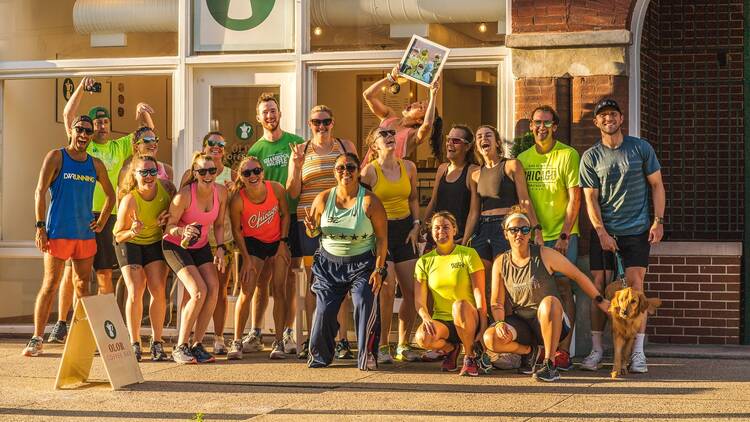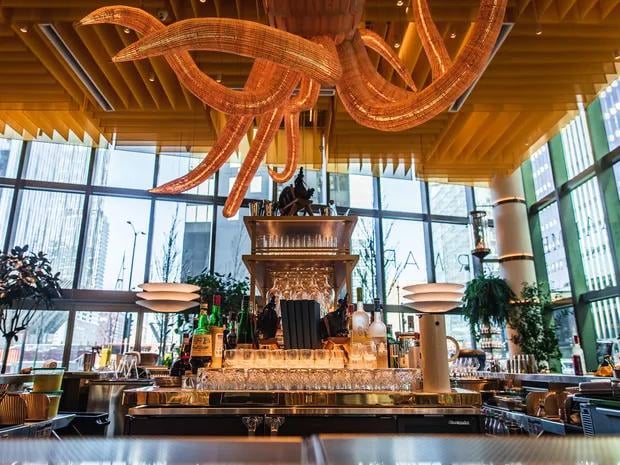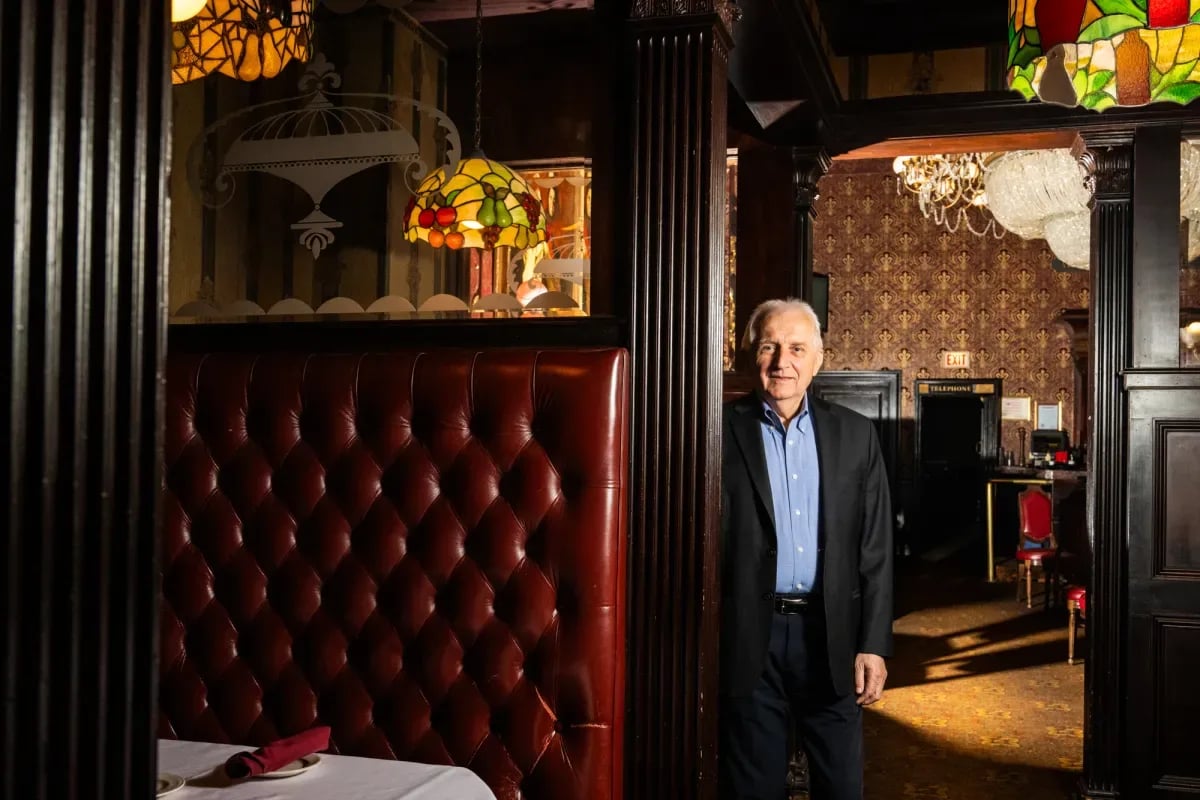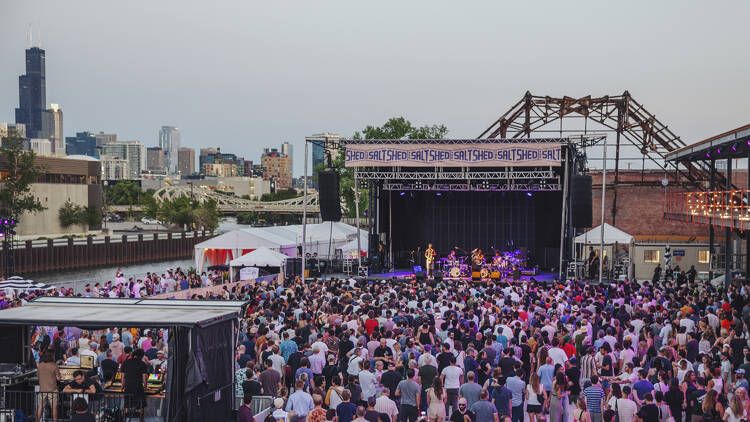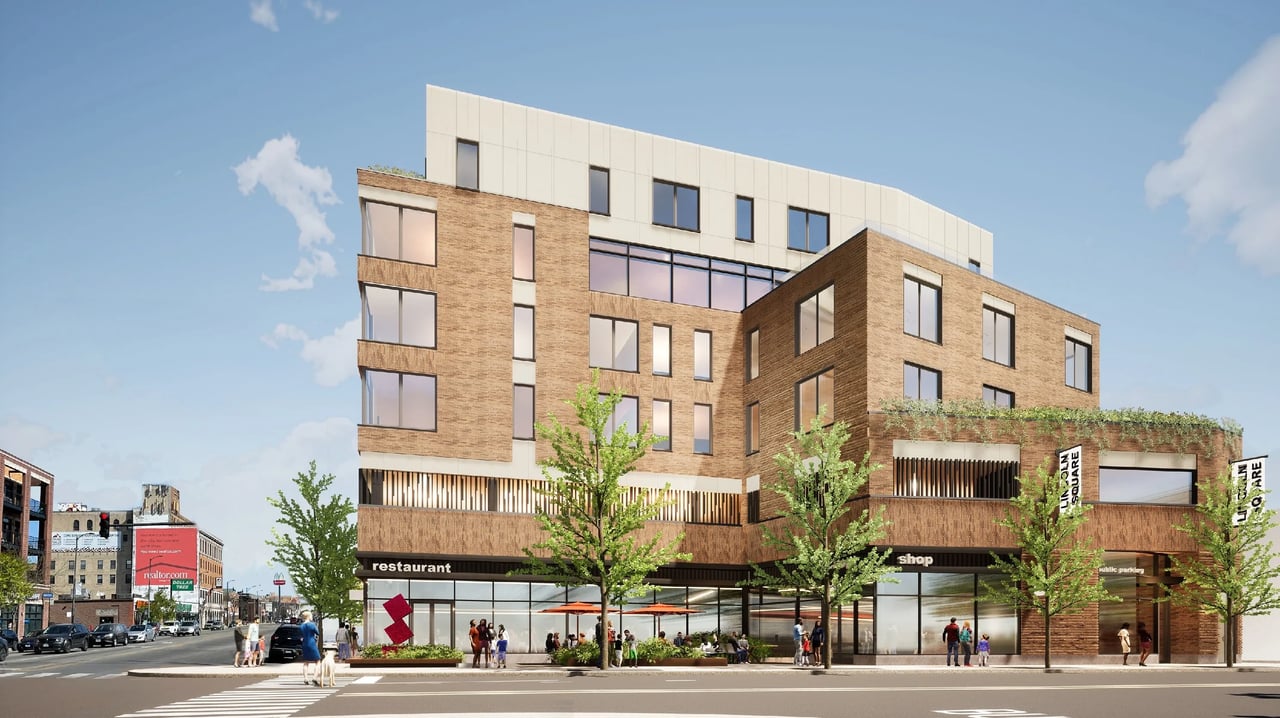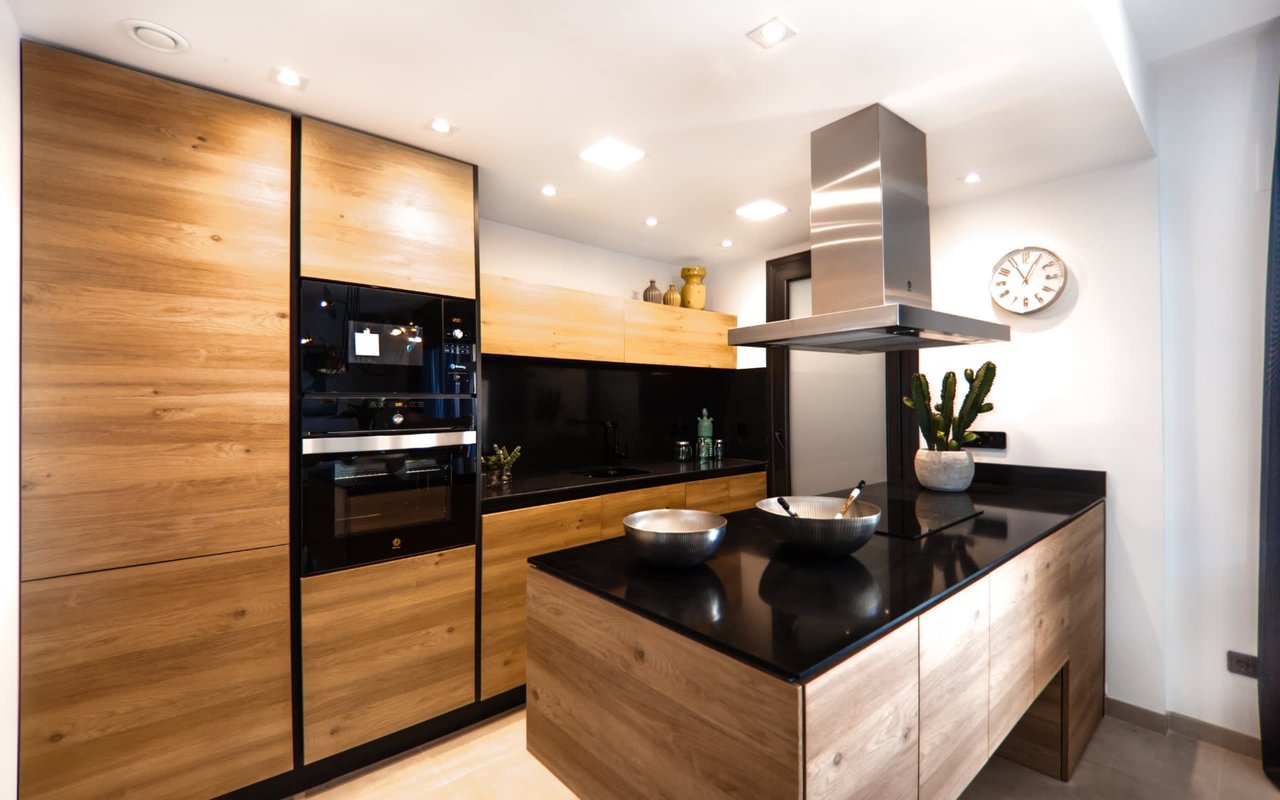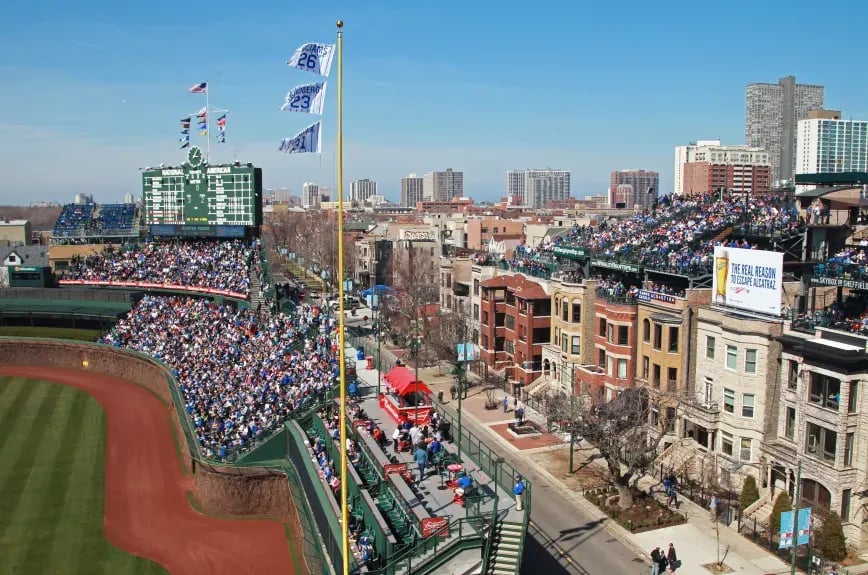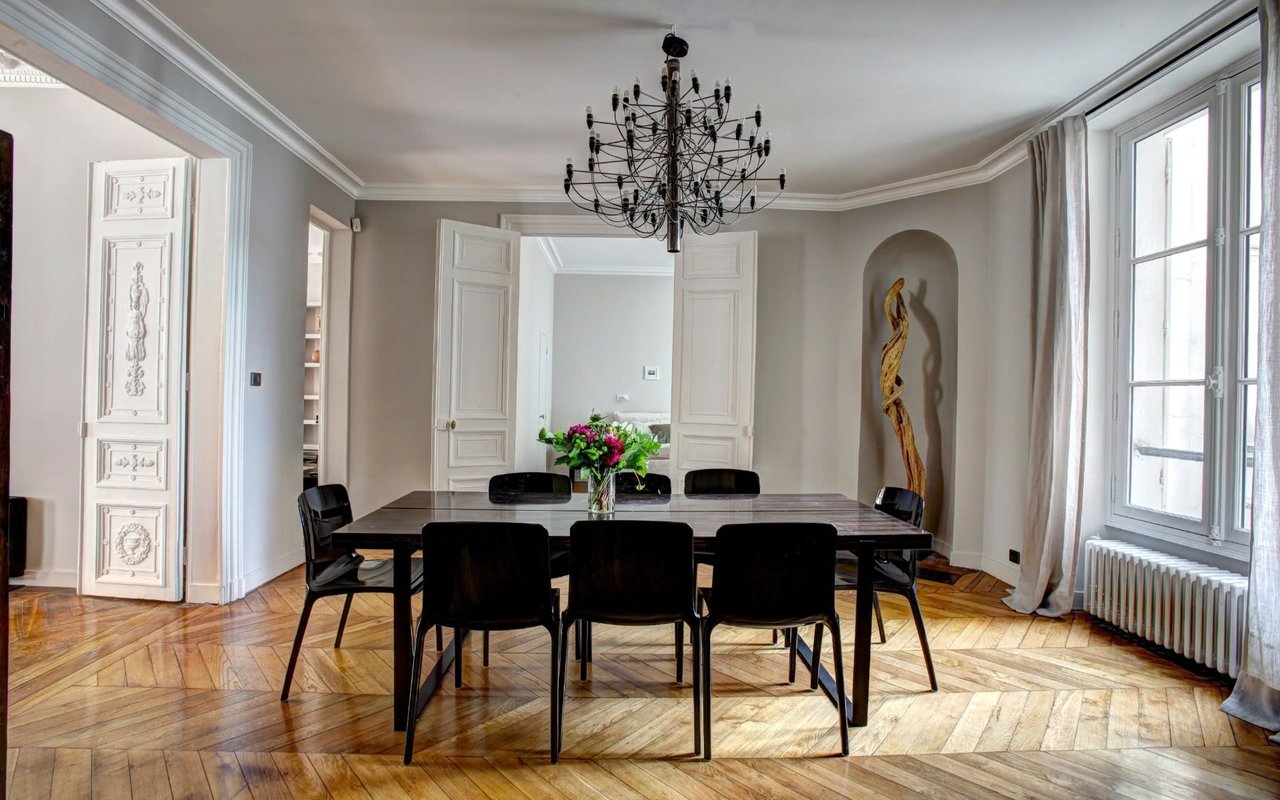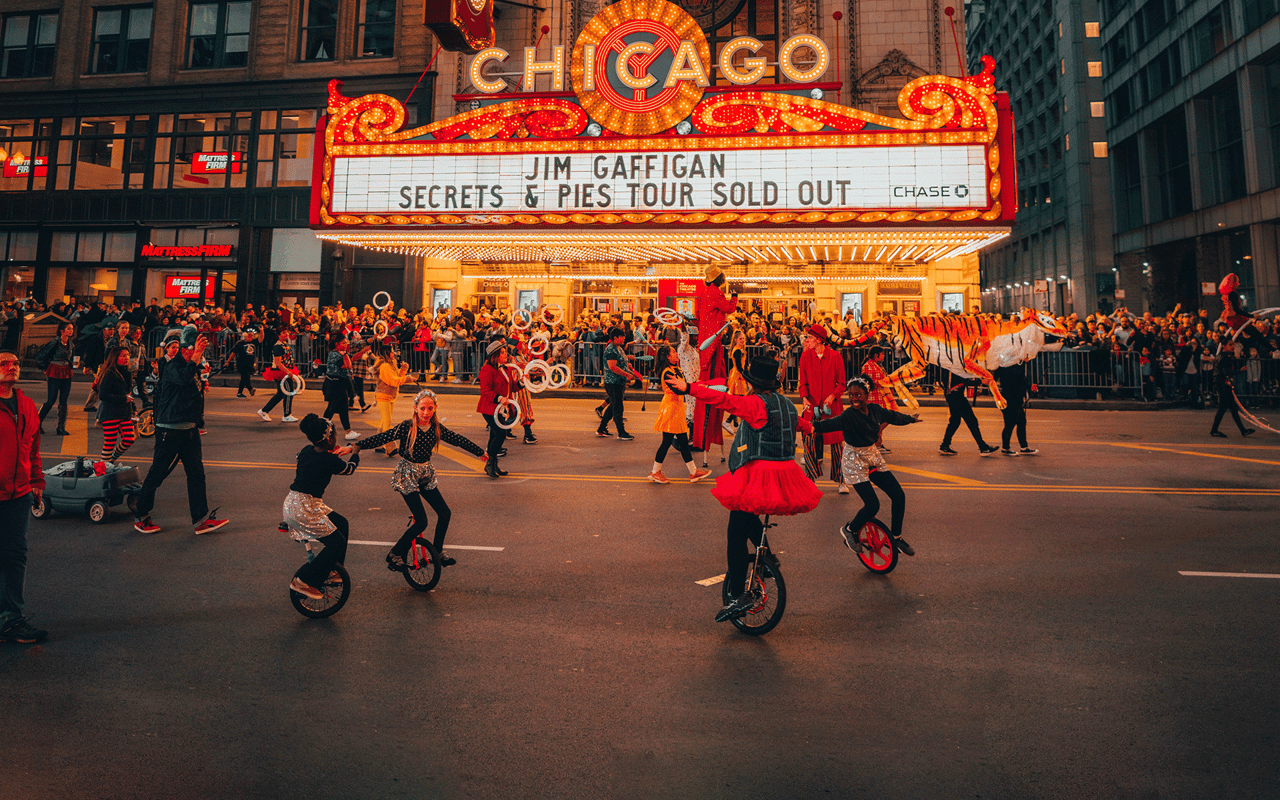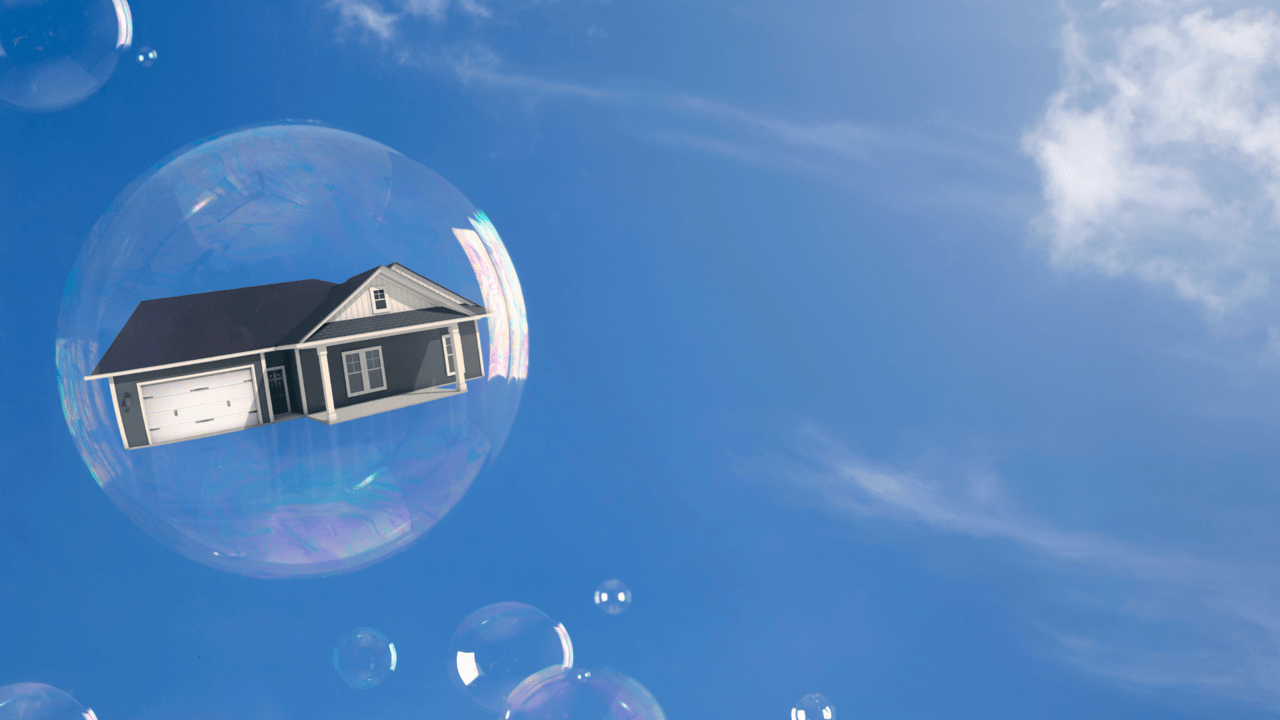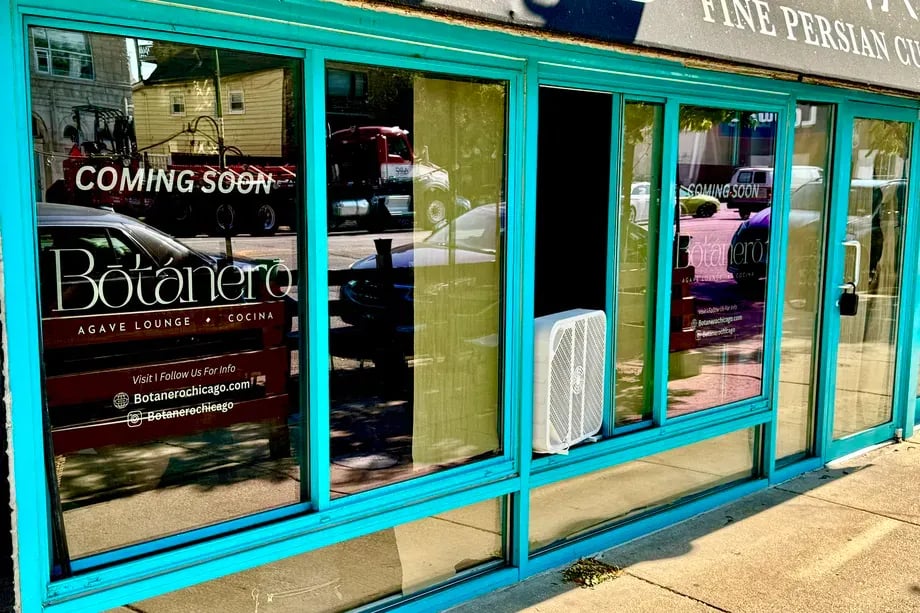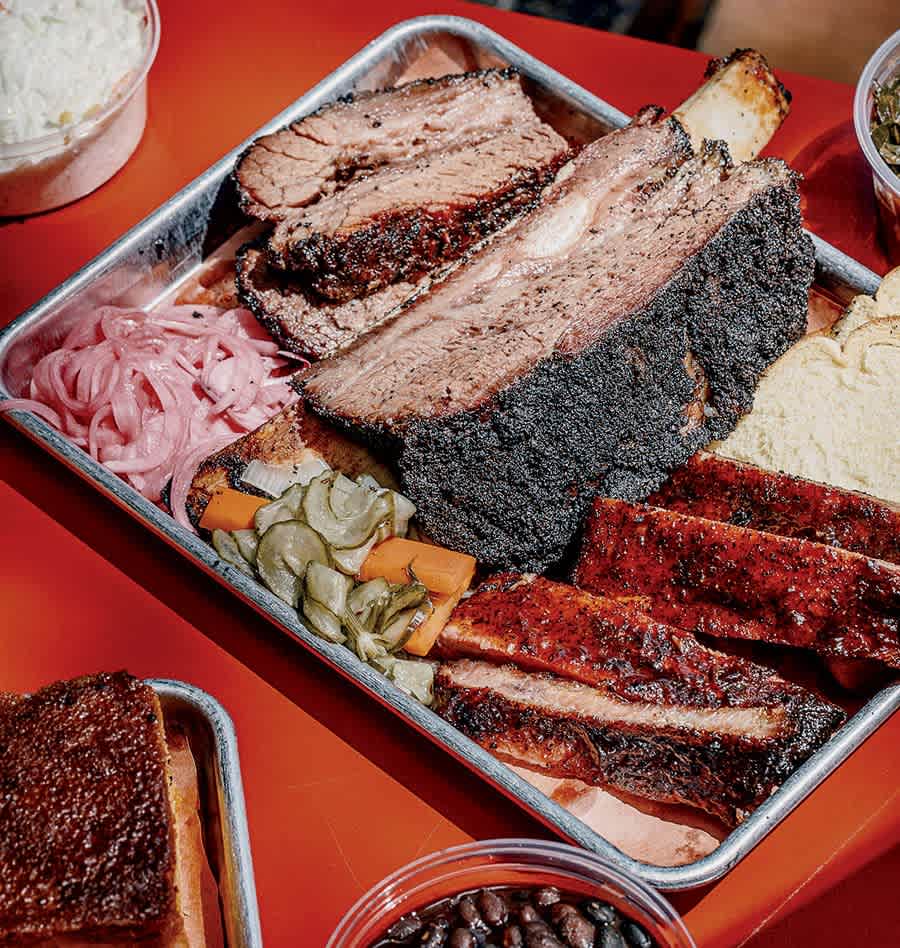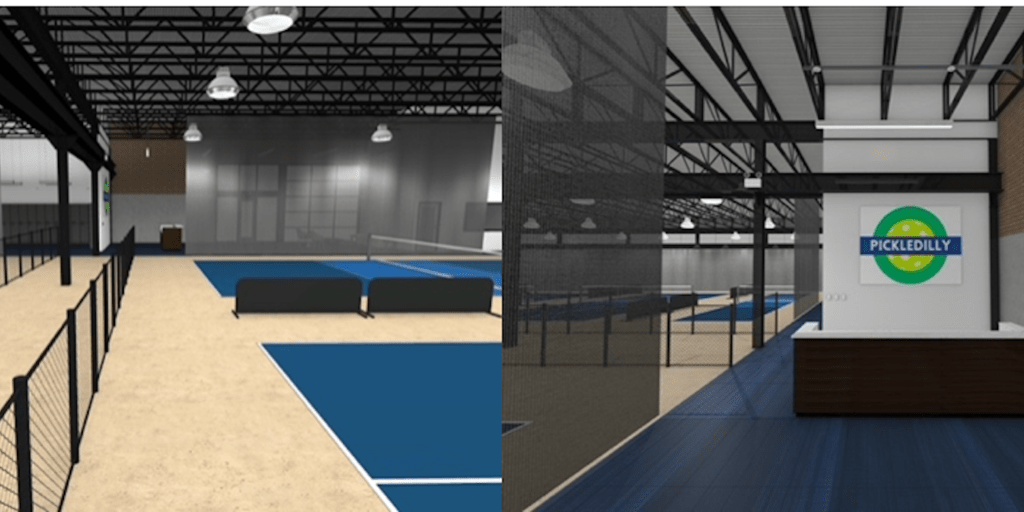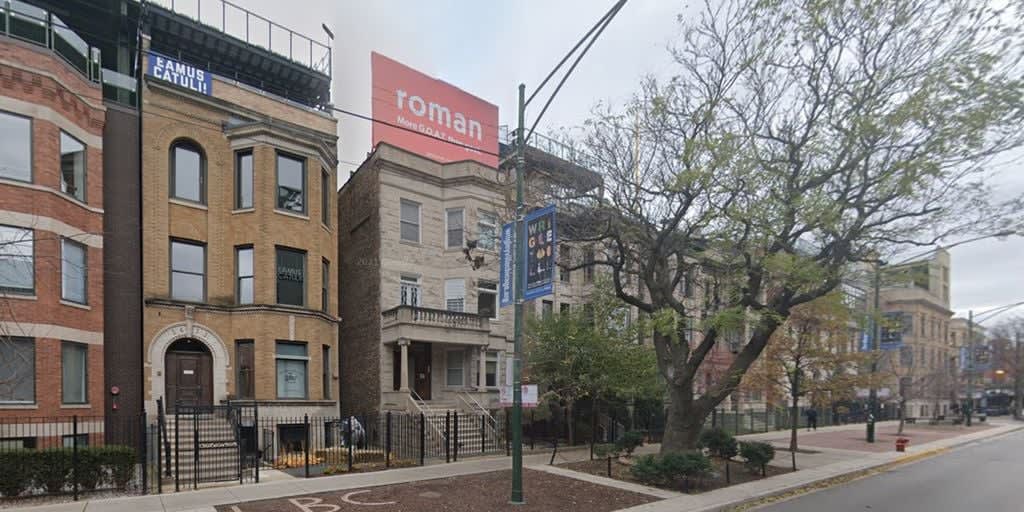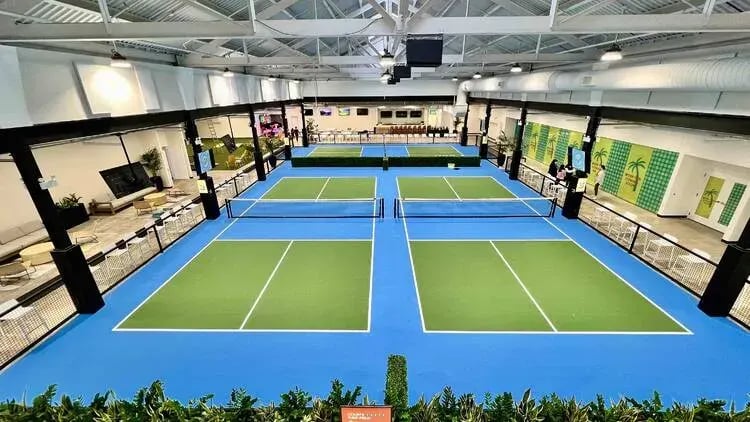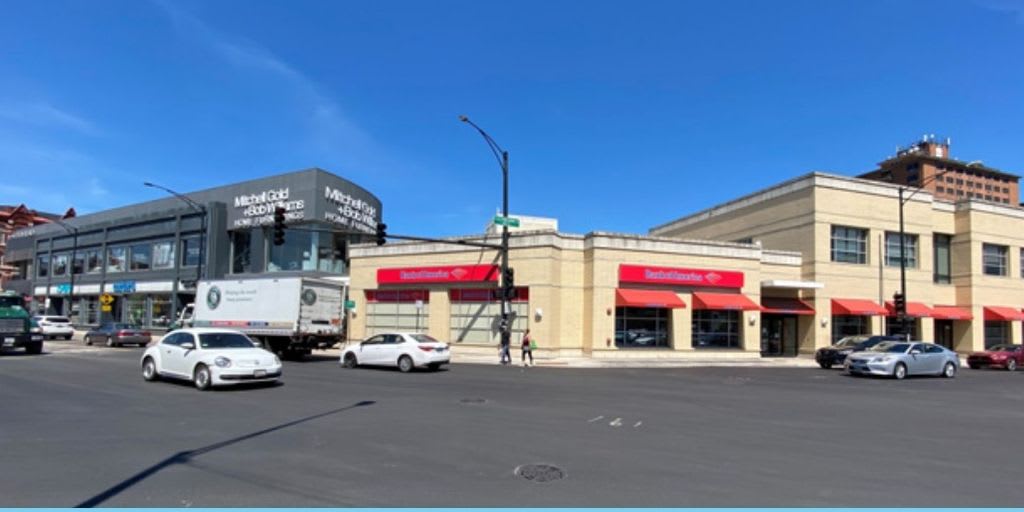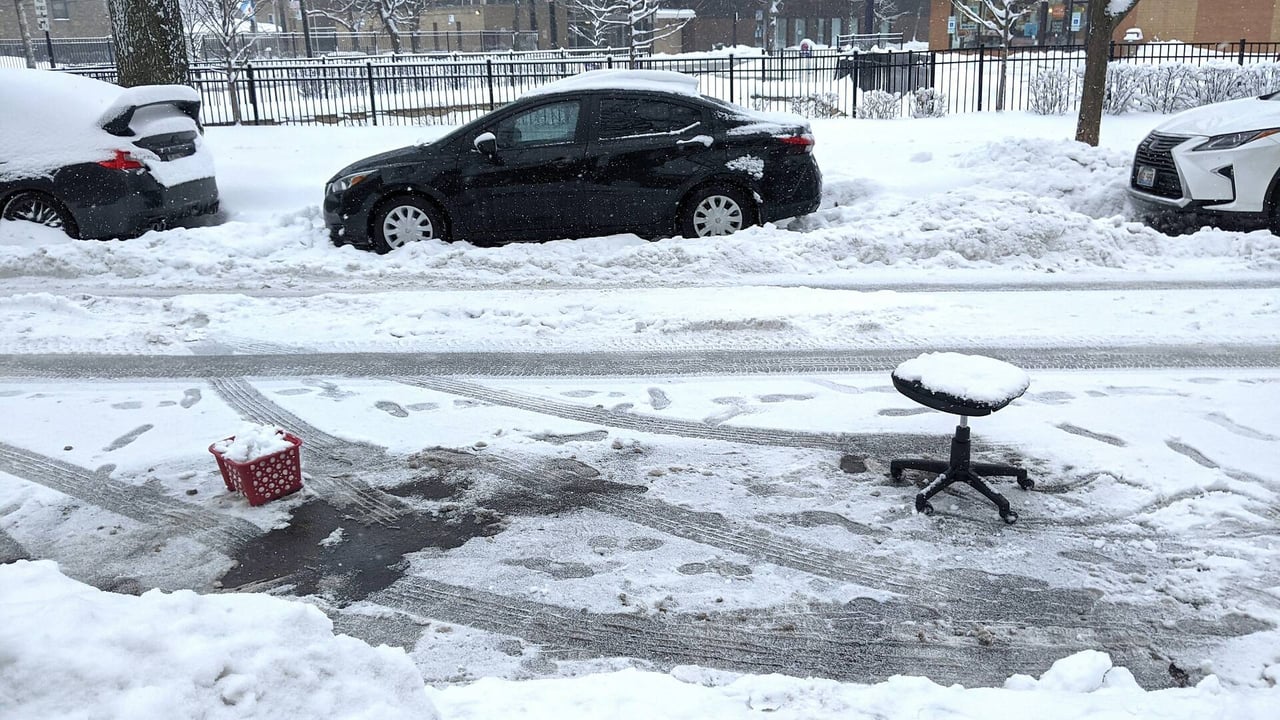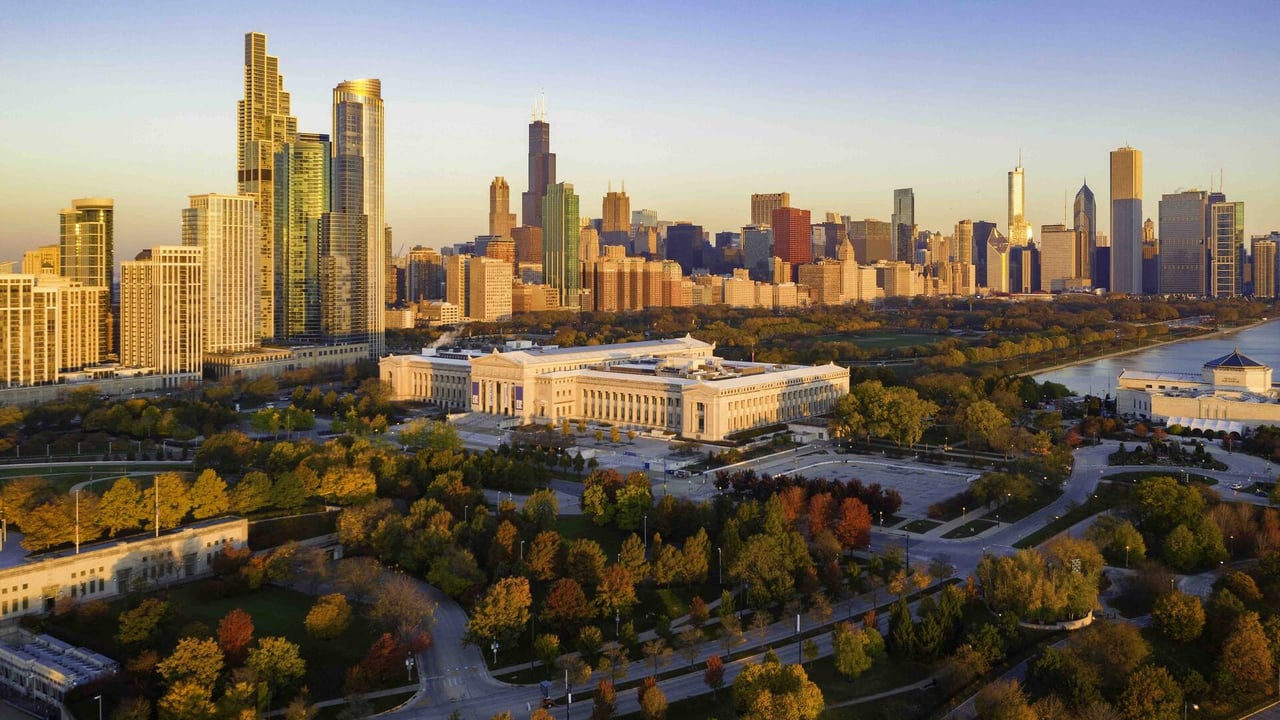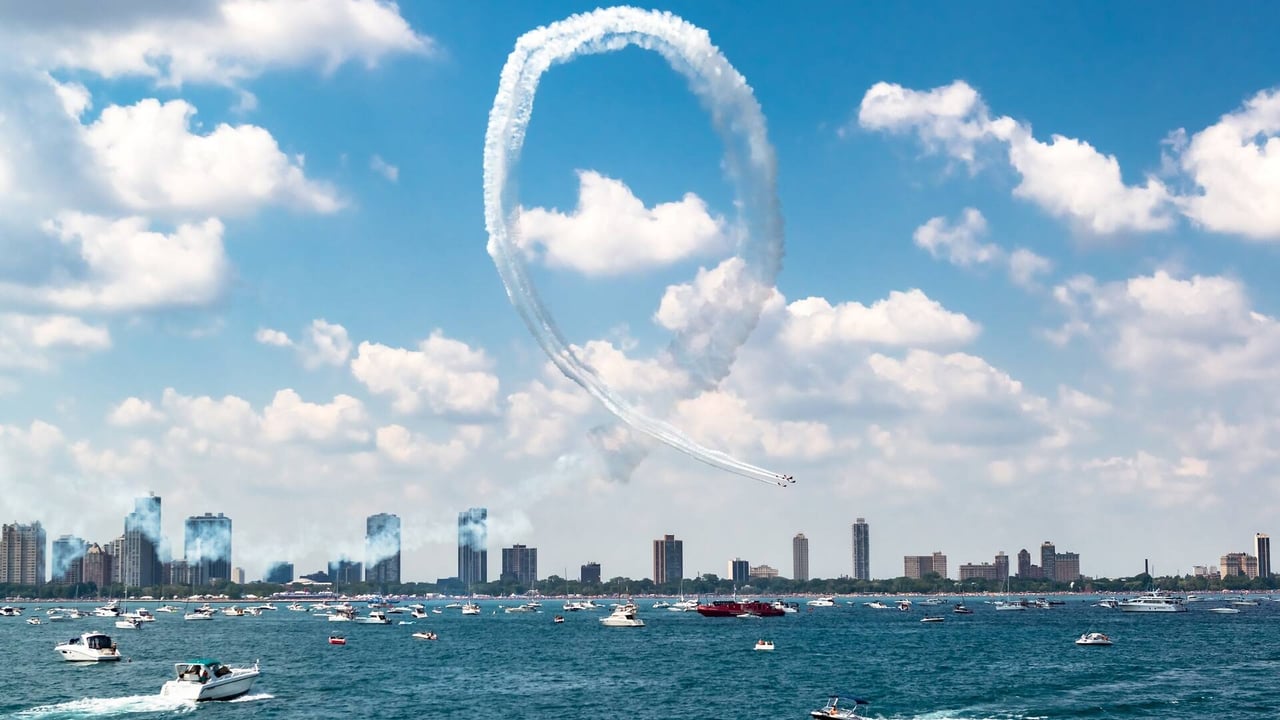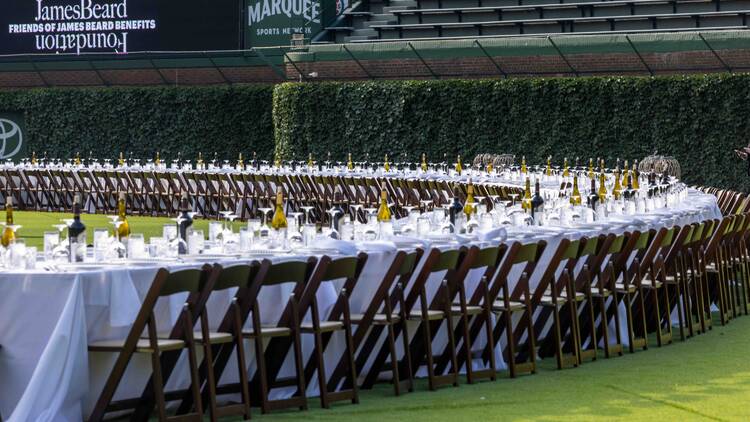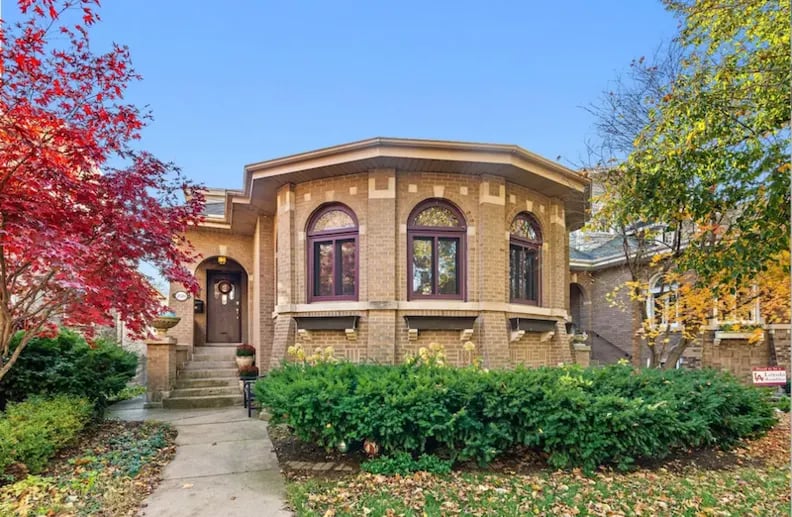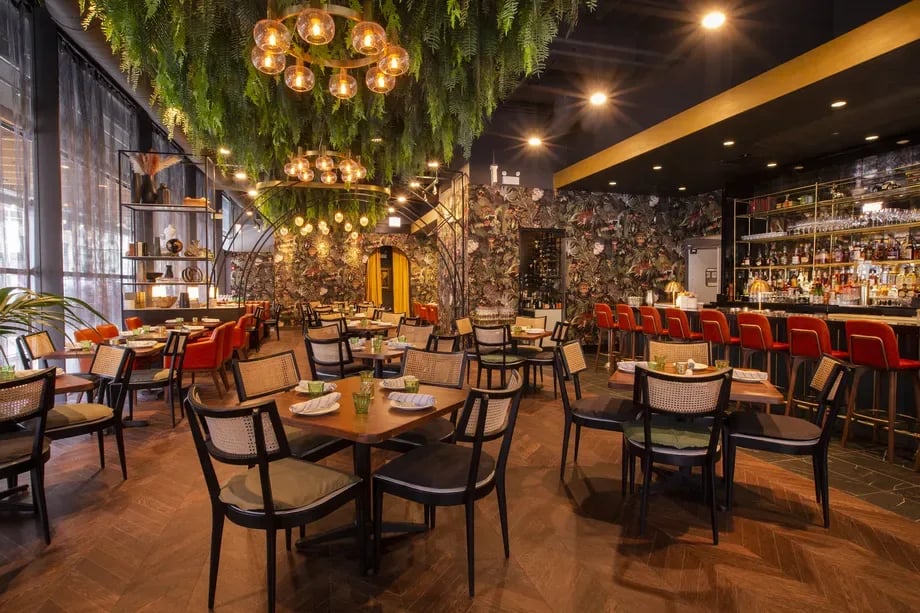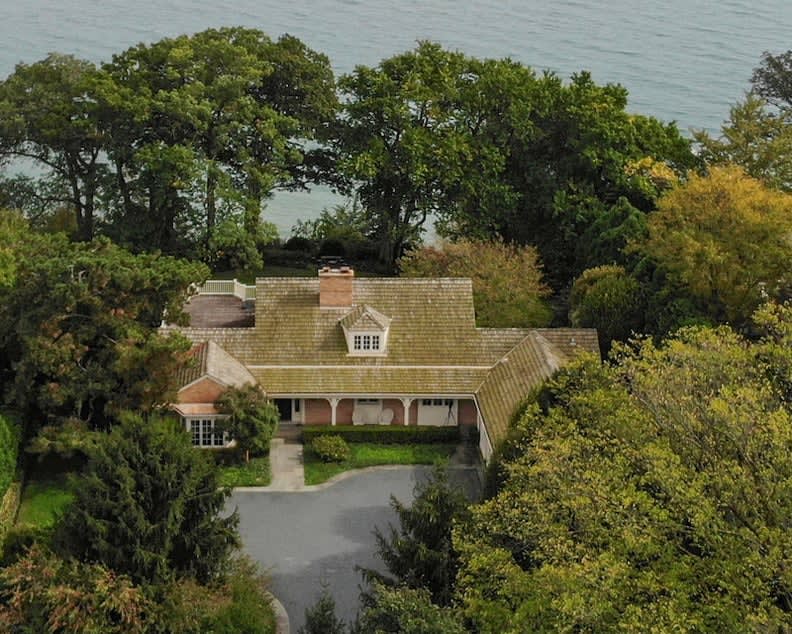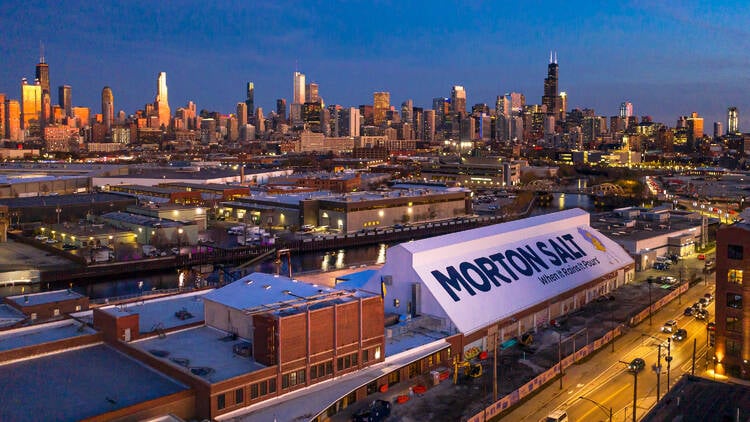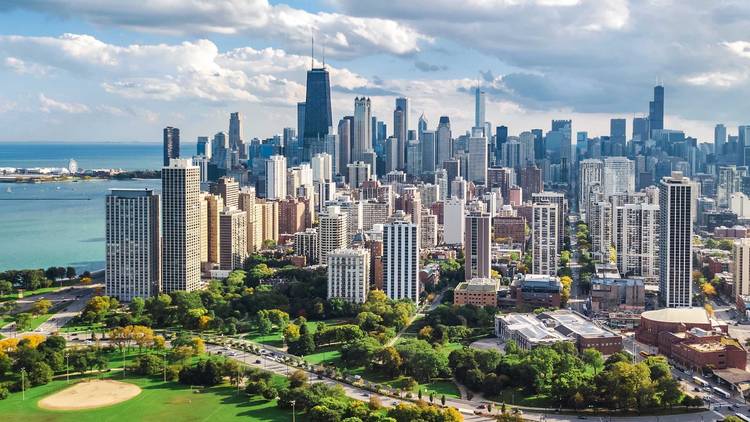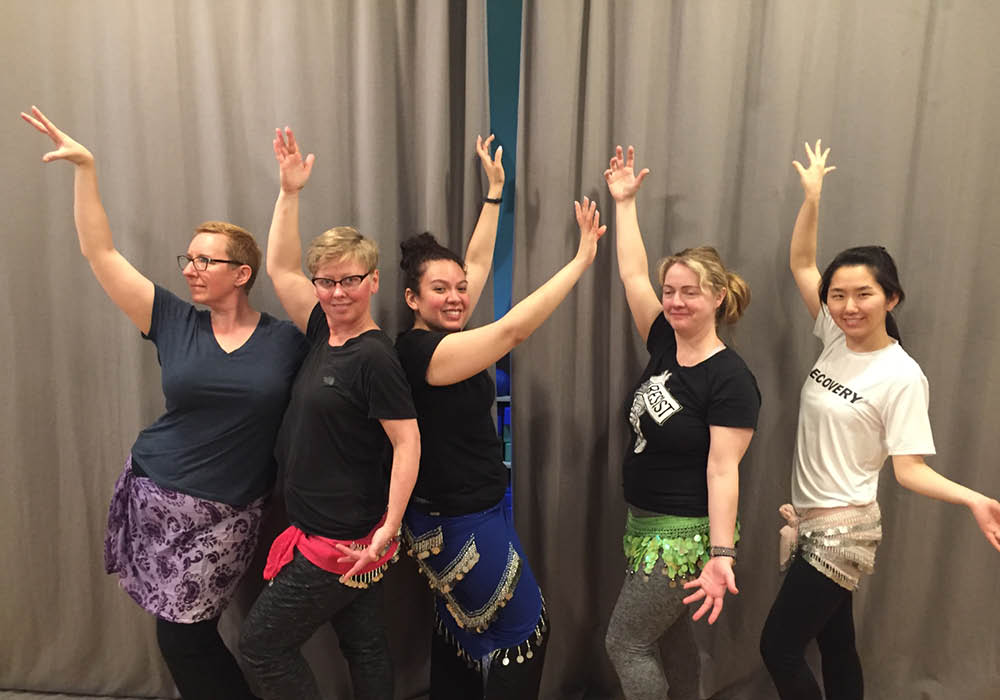A few years back, The New York Times published what purported to be a Lake Michigan circle tour. However, the writer, who grew up on the North Shore, never crossed the Mackinac Bridge. He thought the U.P. was full of gun-toting woodsmen who might shoot a traveling journalist, or at least make him feel self-conscious about being a Troll, as Yoopers call anyone who lives under the Bridge. So he backtracked to Ludington and crossed the lake on the S.S. Badger, also missing Door County.
We can do better. We can take you all the way round the only Great Lake that doesn’t require a passport to circle. First, let’s get out of town. Rule one: We’re not taking highways on this trip. So drive South on DuSable Lake Shore Drive, follow the signs for U.S. 41 until it turns into Ewing Avenue (crossing the river at 93rd Street), and turn left on 106th Street, which becomes Indianapolis Boulevard across the state line.
Since we love Midwestern kitsch, our first stop is the Mascot Hall of Fame, in Whiting—a surreal sight both outside and in. The Hall is located just north of an oil refinery spewing flames from its chimneys and just south of some railroad tracks occupied by boxcars blocking the view of the lake. The Hall’s own mascot, Reggy, a fuchsia muppetoid who appears to have French fries springing from his head, is integrated into the building’s exterior design. Inside the front doors, the inflated heads of Hall of Fame inductees dangle from the ceiling, like decapitated Thanksgiving floats. There’s Sluggerrr, the Kansas City Royals’ lion with the sea monkey head; Ohio State’s Brutus Buckeye, the only edible, non-sentient member of the hall; and Benny the Bull. (Last weekend, the Hall held an induction ceremony for its 2022 class, which included Montreal’s Youppi.)

U.S. 12 passes Gary’s steel mills, then winds through the Indiana Dunes. On the left is Mount Baldy, the 126-foot-tall dune that, sadly, is closed to hikers to prevent erosion. The highway crosses into Michigan just past that fireworks stand on the right. We’ll skip New Buffalo, since we just published a guide Southwest Michigan (and they call us all FIPS, anyway) and head north to Holland, where Midwestern kitsch meets Dutch kitsch: there’s a windmill surrounded by tulips; a breakfast joint named the Wooden Shoe restaurant; and Nelis’ Dutch Village, an amusement park duplicating the Hans Brinker version of Amsterdam the locals’ ancestors fled, which is nothing like the modern, libertine Amsterdam, which developed after—and perhaps because—all the religious folk moved to West Michigan. The next town north is Grand Haven, which calls itself Coast Guard City, U.S.A., and holds an annual Coast Guard Festival. Every evening, Grand Haven’s Musical Fountain erupts in water, light and song; the village’s red lighthouse appears in every Great Lakes Lighthouse calendar.
You’ve seen those M-22 stickers on SUVs parked on the North Side? M-22 is the state highway that skirts the shoreline of Michigan’s Leelanau Peninsula. Follow it out of Traverse City through Suttons Bay, to the red-roofed Grand Traverse Lighthouse in Northport, back south through Leland’s Fishtown, and to the Sleeping Bear Dunes. The Dunes take their name from a Native legend about a mother bear who led two cubs across the lake, in flight from a forest fire. The cubs drowned, but Gitchi Manitou raised their bodies, transforming them into North and South Manitou islands. A hike to the beach goes on for miles, through a wilderness of sand supporting a thin crop of brittle grass and wildflowers. You can see crescents of lake over the crests of dunes, but at the end, when you step through a gap in the dune grass, Lake Michigan, green as jade, still takes a hiker by surprise.
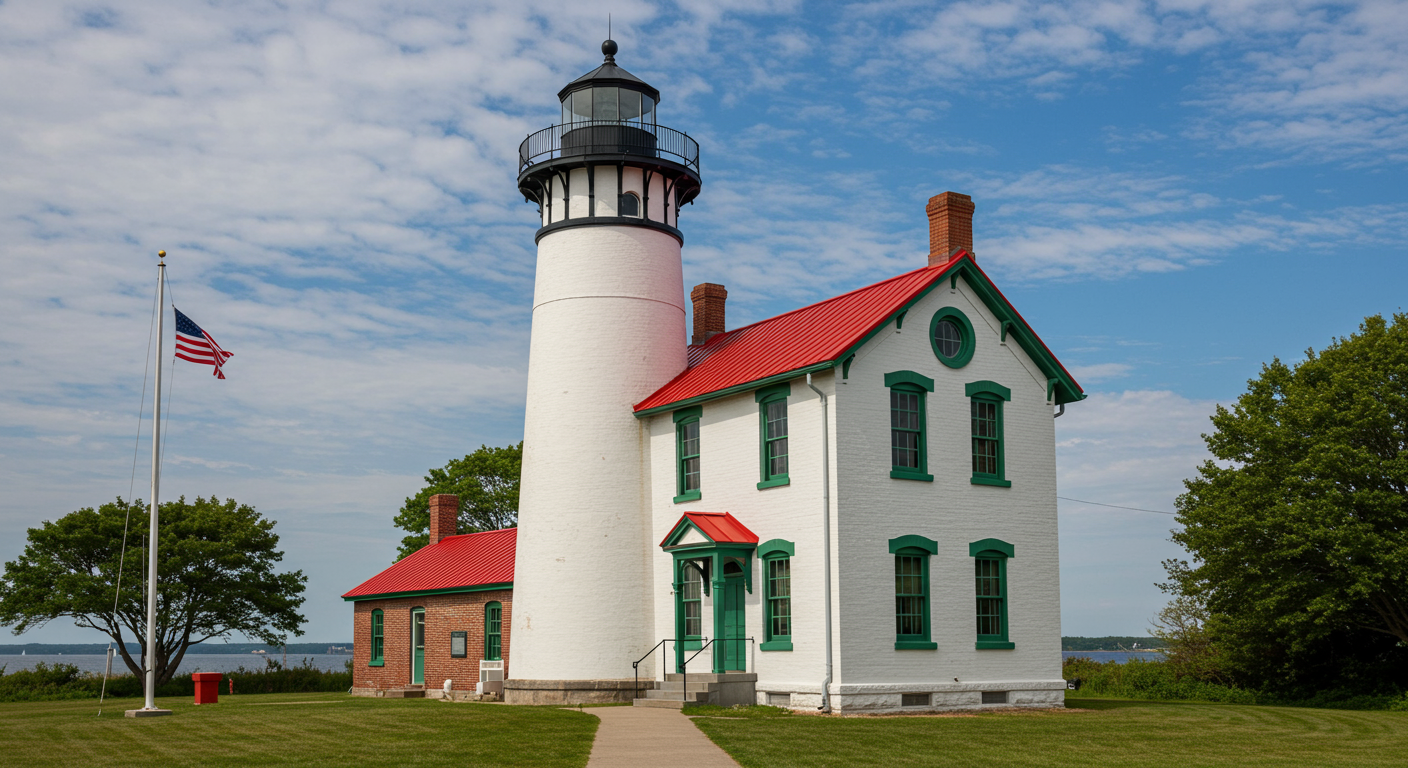
Now let’s cross the Bridge (it goes by one name only, as does the Island), and visit Michigan’s most popular tourist trap, St. Ignace’s Mystery Spot, a collection of tilted, ramshackle buildings employing optical illusions to make it appear that water flows uphill. Yoopers are famous for complaining about tourists who cross the Bridge with a five-dollar bill and one pair of underwear, and don’t change either. The Mystery Spot is their first attempt at separating Trolls from their money.
Head west on U.S. 2, a shore-hugging stretch of a highway that runs from Maine to Washington, then turn off that road to the Garden Peninsula, and the ghost town of Fayette. A tall limestone cliff blocking the winds off the lake made Fayette a placid haven for schooners, and a perfect site for smelting pig iron. The mines have been tapped out, the forests logged off, leaving tourism as the U.P.’s most lucrative industry. Fayette is now a “historic village,” with a restored blacksmith shop, a kiln, a boarding house, and a livery stable.
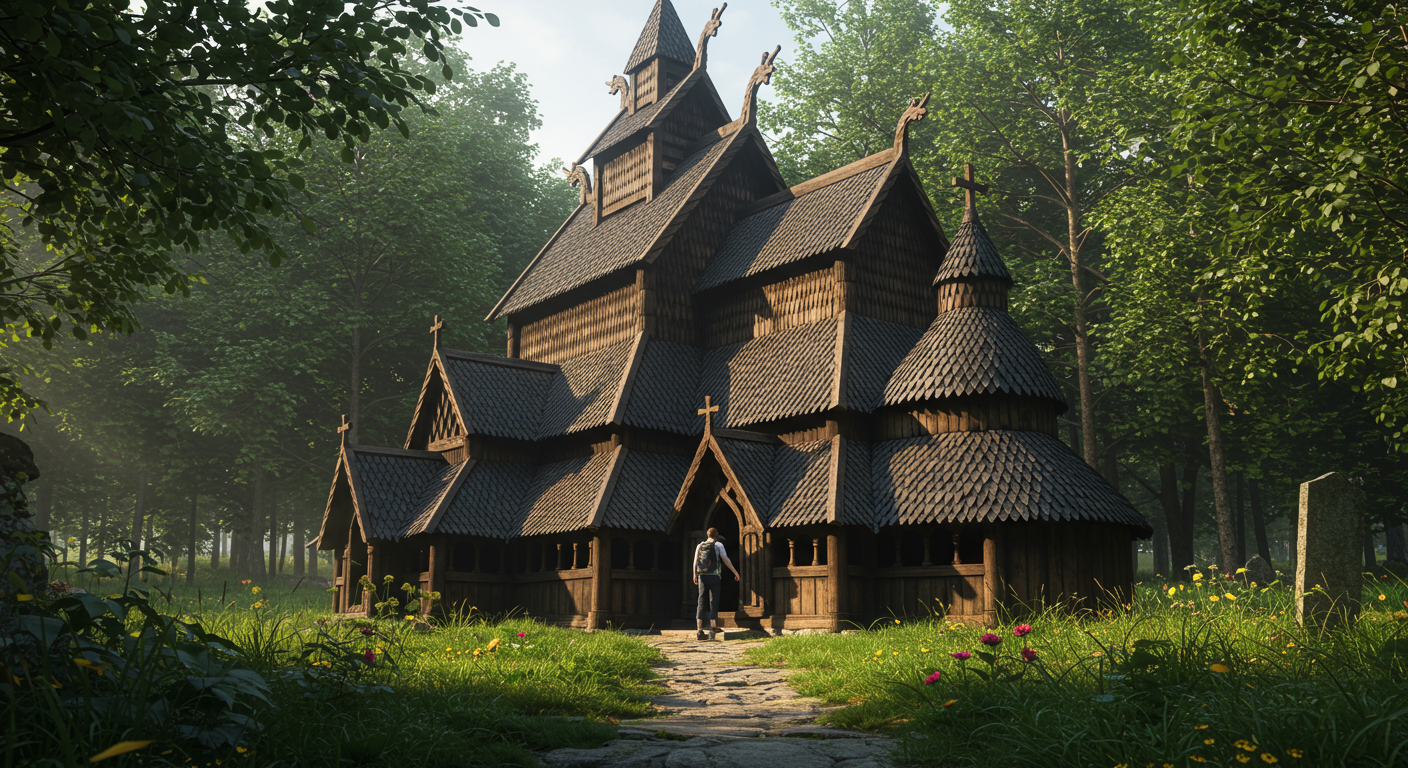
Escanaba is still a working port, loading U.P. taconite onto ships bound for Indiana’s steel mills. You may catch sailors drinking at Hereford & Hops, a brewpub on Ludington Street, Esky’s main drag. Like most of the U.P., Ludington Street is unspoiled by modernity: it’s a train-set diorama of downtown shopping before malls and interstates. Gust Asp tobacconists (the neon sign blinks intermittently to “Just Ask”) sells cigarettes, fishing licenses, and the Detroit papers.
Cross into Wisconsin on U.S. 41, bypass Green Bay, because we hate the Packers, and head into Door County, for a fish boil at the Pelletier’s in Fish Creek, or the Old Post Office, in Ephraim. It’s not just a comfort meal—whitefish, potatoes, bread—it’s a spectacle. The master boiler calls out “boil on!” and splashes oil onto the flames beneath his kettle. For a roaring instant, they blossom into an orange bonfire, with a sinister exhaust of black smoke. (The fireball isn’t just for show; it burns off the water’s oily glaze.) Then take the ferry across the Porte des Morts to Washington Island, where a stavkirke—a replica of a Scandinavian church—stands in a meadow of mustard grass, looking like a pagoda built by trolls.
Why visit Milwaukee? It’s a Lake Michigan metropolis, and we already live in one of those. To go bowling! At the Holler House. Matriarch/barmaid Marcy Skowronski died a few years ago, at 93, but Holler House still has the oldest bowling alley in America—two sloping lanes of planks laid down in 1908, with real live pin boys. The planks are real wood, and so warped that not even Earl Anthony could bowl his average here.
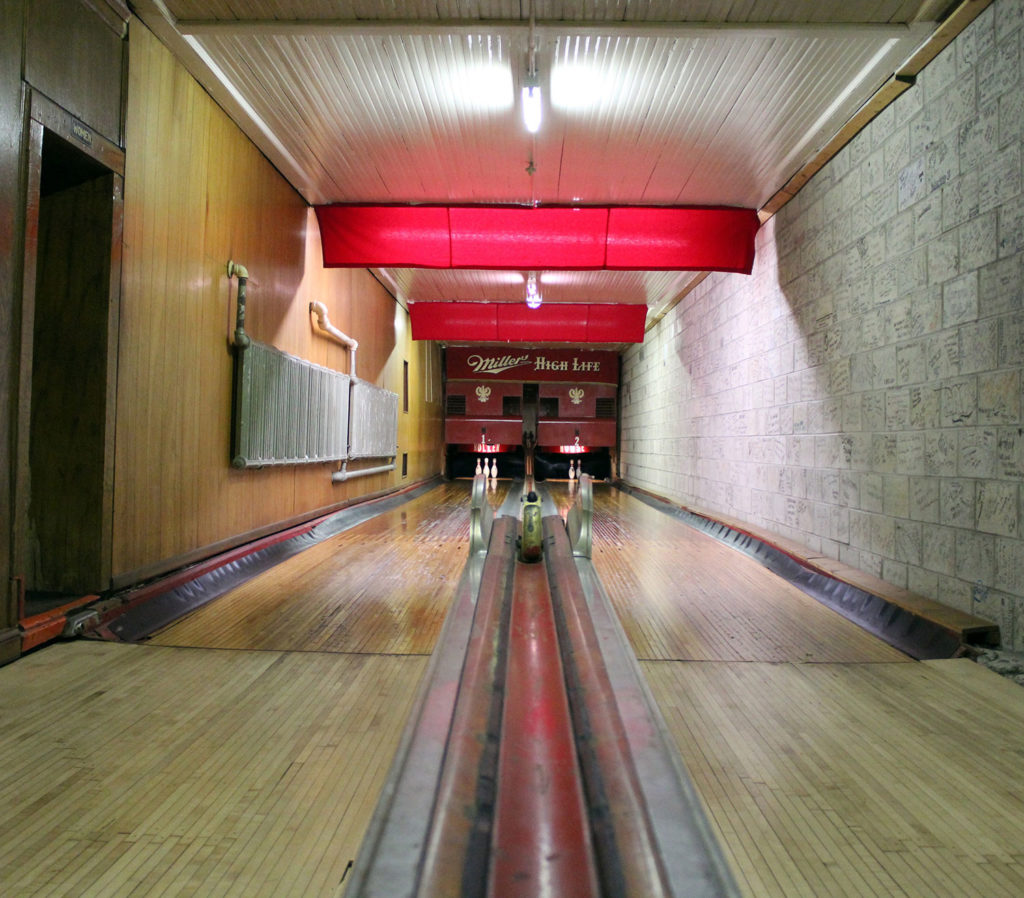
Lake Michigan is not the biggest lake, but it is the greatest. I’ve been around all five. Michigan has the sandiest beaches, the mellowest sunsets, the warmest water, and the most colorful attractions. It’s also the only Great Lake an American can circle without changing dollars into loonies. As Chicagoans, Lake Michigan is our Home Lake, but we can’t say we’ve really seen it until we’ve seen the whole thing.
